50 Best Colleges for Physics – 2024
April 29, 2024

Ready for courses like Analytical Mechanics, Medical Radiation Engineering, Theoretical and Computational Neuroscience, and General Physics: Electromagnetism, Optics, and Modern Physics? Majoring in physics is an extraordinarily rigorous enterprise as it requires students to be strong in math, chemistry, and, of course, physics itself. While some students elect to study straight physics, others opt for specific areas of concentration such as Mathematical Physics, Engineering Physics, Computational Physics, or Applied Physics. An undergraduate degree in physics can prepare students for careers in software design, design/laser/optical engineering, or web development. Roughly 45% of those who earn a physics degree go on to earn a Master’s or Ph.D. in physics or a related STEM discipline. Whether planning to enter a competitive industry or on applying to elite graduate programs, you’ll do well to explore College Transitions’ list of the Best Colleges for Physics.
Methodology
Click here to read our methodology for the Best Colleges for Physics.
Best Colleges for Physics
Here’s a quick preview of the first ten physics institutions that made our list. Detailed profiles and stats can be found when you scroll below.
1) Massachusetts Institute of Technology
2) California Institute of Technology
3) University of Chicago
4) Harvard University
5) Stanford University
6) University of Pennsylvania
7) Princeton University
8) Rice University
9) Yale University
10) Johns Hopkins University
All of the schools profiled below have stellar reputations in the area of physics and commit substantial resources to undergraduate education. For each of the best colleges for physics, College Transitions will provide you with—when available—the university’s:
We will also include a longer write-up of each college’s:
- Academic Highlights – Includes facts like student-to-faculty ratio, average class size, number of majors offered, and most popular majors.
- Professional Outcomes – Includes info on the rate of positive outcomes, companies employing alumni, and graduate school acceptances.

Massachusetts Institute of Technology
- Cambridge, MA
Academic Highlights: Undergraduates pursue one of 57 majors and 59 minors at this world-class research institution that continues to be one of the world’s most magnetic destinations for math and science geniuses. The student-to-faculty ratio is an astonishing 3-to-1, and over two-fifths of all class sections have single-digit enrollments, and 70% of courses contain fewer than twenty students. The highest numbers of degrees conferred in 2022 were in the following majors: engineering (31%), computer science and engineering (28%), mathematics (10%), and the physical sciences (7%).
Professional Outcomes: The Class of 2023 saw 29% of its members enter the world of employment and 43% continue on their educational paths. The top employers included Accenture, Amazon, Microsoft, Goldman Sachs, Google, General Motors, the US Navy, Apple, Bain & Company, and McKinsey. The mean starting salary for an MIT bachelor’s degree holder was $95,000. The most frequently attended graduate schools are a who’s who of elite institutions including MIT itself, Stanford, Caltech, Harvard, and the University of Oxford.
- Enrollment: 4,657
- Cost of Attendance: $82,730
- Median SAT: 1550
- Median ACT: 35
- Acceptance Rate: 4%
- Retention Rate: 99%
- Graduation Rate: 95%
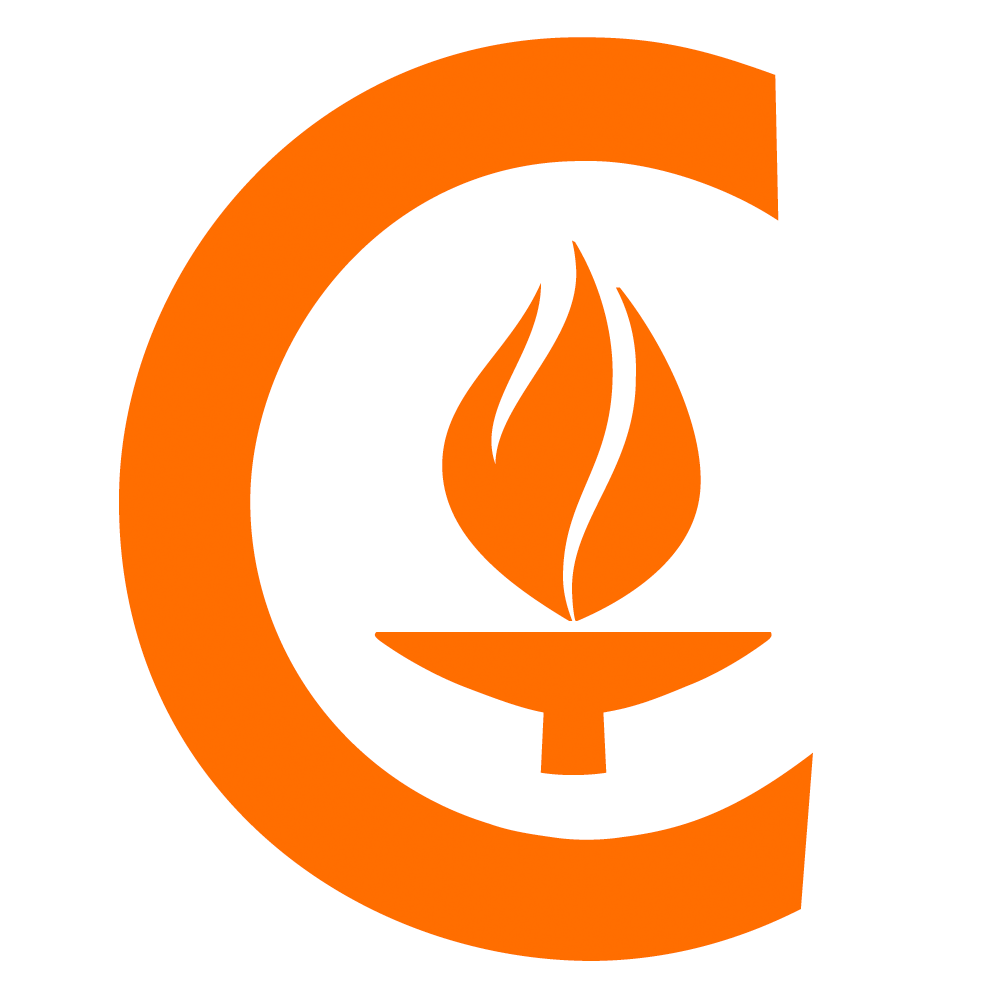
California Institute of Technology
- Pasadena, CA
Academic Highlights: Across all divisions, there are 28 distinct majors. Possessing an absurdly favorable 3:1 student-to-faculty ratio, plenty of individualized attention is up for grabs. Class sizes are not quite as tiny as the student-to-faculty ratio might suggest, but 70% of courses enroll fewer than twenty students, and 28% enroll fewer than ten. Computer science is the most popular major, accounting for 38% of all degrees conferred. Engineering (30%), the physical sciences (20%), and mathematics (6%) also have strong representation.
Professional Outcomes: Caltech is a rare school that sees six-figure average starting salaries for its graduates; in 2022, the median figure was $120,000. Forty-three percent of recent grads went directly into the workforce and found homes at tech giants such as Google, Intel, Microsoft, Apple, and Meta. A healthy 46% of those receiving their diplomas in 2022 continued directly on the higher education path, immediately entering graduate school. Ninety-seven percent of these students were admitted to one of their top-choice schools.
- Enrollment: 982
- Cost of Attendance: $86,886
- Median SAT: Test Blind
- Median ACT: Test Blind
- Acceptance Rate: 3%
- Retention Rate: 98%
- Graduation Rate: 94%
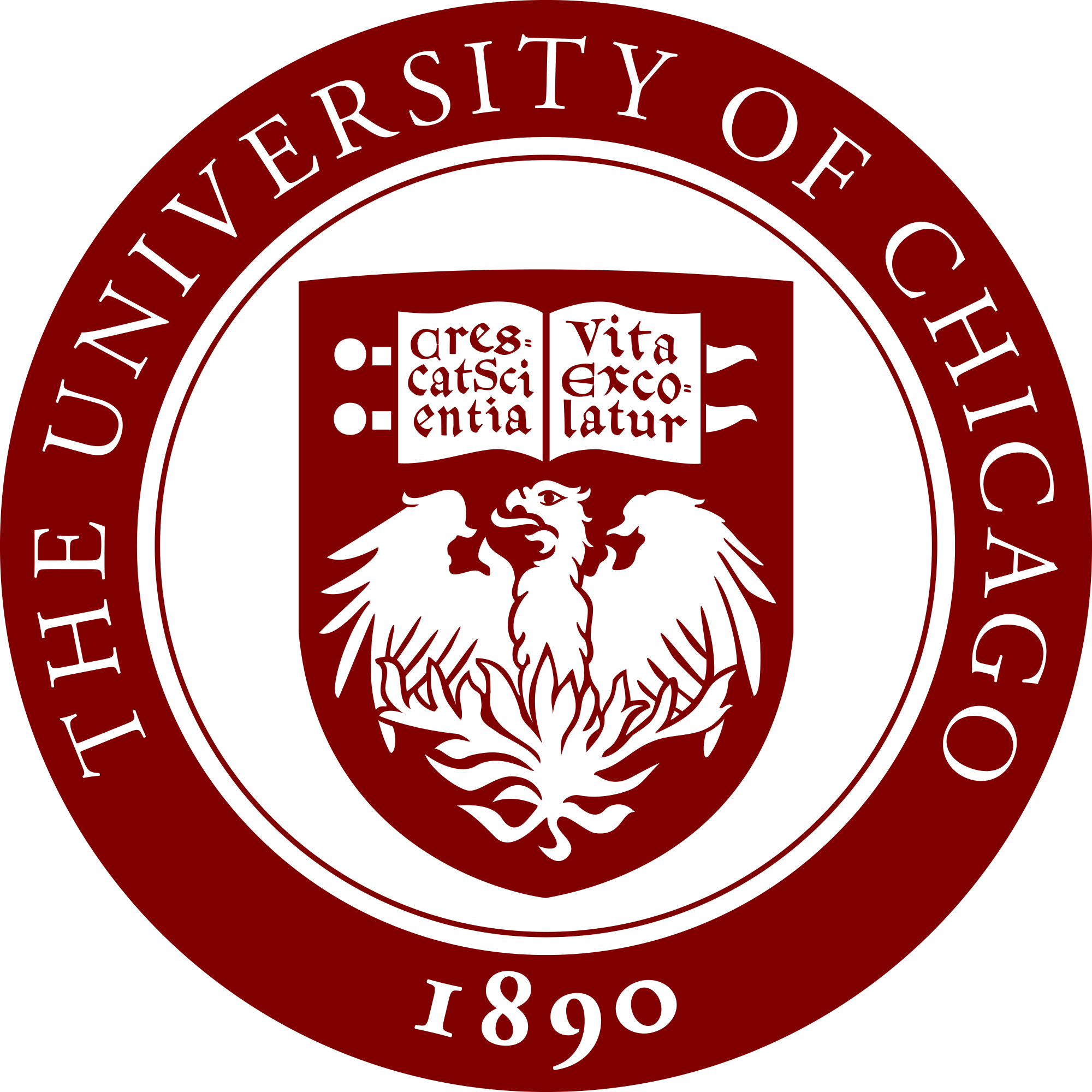
University of Chicago
- Chicago, IL
Academic Highlights: There are 53 majors at UChicago, but close to half of all degrees conferred are in four majors: economics, biology, mathematics, and political science, all of which have particularly sterling reputations. Economics alone is the selection of roughly one-fifth of the undergraduate population. Over 75% of undergrad sections have an enrollment of nineteen or fewer students, and undergraduate research opportunities are ubiquitous as 80% of students end up working in a research capacity alongside a faculty member.
Professional Outcomes: On commencement day, 99% of the Class of 2023 were employed or continuing their education. Business and financial services (30%) and STEM (12%) were the two sectors that scooped up the most graduates, but public policy and consulting were also well-represented. The most popular employers of recent grads include Google, JPMorgan, Goldman Sachs, McKinsey & Company, Bank of America, Citi, and Accenture. For those heading to grad school, the top seven destinations are Yale, Columbia, Penn, MIT, Stanford, UCLA, and Johns Hopkins.
- Enrollment: 7,653 (undergraduate); 10,870 (graduate)
- Cost of Attendance: $89,040
- Median SAT: 1540
- Median ACT: 35
- Acceptance Rate: 5%
- Retention Rate: 99%
- Graduation Rate: 96%
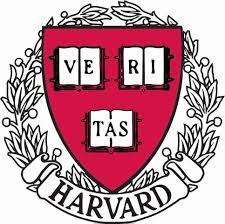
Harvard University
- Cambridge, MA
Academic Highlights: There are 50 undergraduate fields of study referred to as concentrations; many are interdisciplinary. Even with a graduate population of over 14,000 to cater to, undergraduate class sizes still tend to be small, with 42% of sections having single-digit enrollments and 71% being capped at nineteen. Economics, government, and computer science are the three most popular areas of concentration at Harvard. Biology, chemistry, physics, math, statistics, sociology, history, English, and psychology all sit atop most departmental ranking lists.
Professional Outcomes: The Crimson Class of 2022 saw 15% of students head directly into graduate/professional school. Of the graduates entering the world of work (virtually everyone else), 58% were entering either the consulting, finance, or technology field. Over 1,000 Harvard alumni presently work for Google and over 500 for Microsoft, McKinsey & Company, and Goldman Sachs. Turning our attention to those moving on to graduate school, Harvard grads with at least a 3.5 GPA typically enjoy acceptance rates into medical school of 90% or greater.
- Enrollment: 7,240
- Cost of Attendance: $79,450
- Median SAT: 1550
- Median ACT: 35
- Acceptance Rate: 3%
- Retention Rate: 98%
- Graduation Rate: 98%

Stanford University
- Palo Alto, CA
Academic Highlights: Stanford has three undergraduate schools: the School of Humanities & Sciences, the School of Engineering, and the School of Earth, Energy, and Environmental Sciences. 69% of classes have fewer than twenty students, and 34% have a single-digit enrollment. Programs in engineering, computer science, physics, mathematics, international relations, and economics are arguably the best anywhere. In terms of sheer volume, the greatest number of degrees are conferred in the social sciences (17%), computer science (16%), engineering (15%), and interdisciplinary studies (13%).
Professional Outcomes: Stanford grads entering the working world flock to three major industries in equal distribution: business/finance/consulting/retail (19%); computer, IT (19%); and public policy and service, international affairs (19%). Among the companies employing the largest number of recent grads are Accenture, Apple, Bain, Cisco, Meta, Goldman Sachs, Google, McKinsey, Microsoft, and SpaceX. Other companies that employ hundreds of Cardinal alums include LinkedIn, Salesforce, and Airbnb. Starting salaries for Stanford grads are among the highest in the country.
- Enrollment: 8,049 (undergraduate); 10,236 (graduate)
- Cost of Attendance: $87,833
- Median SAT: 1540
- Median ACT: 35
- Acceptance Rate: 4%
- Retention Rate: 98%
- Graduation Rate: 95%
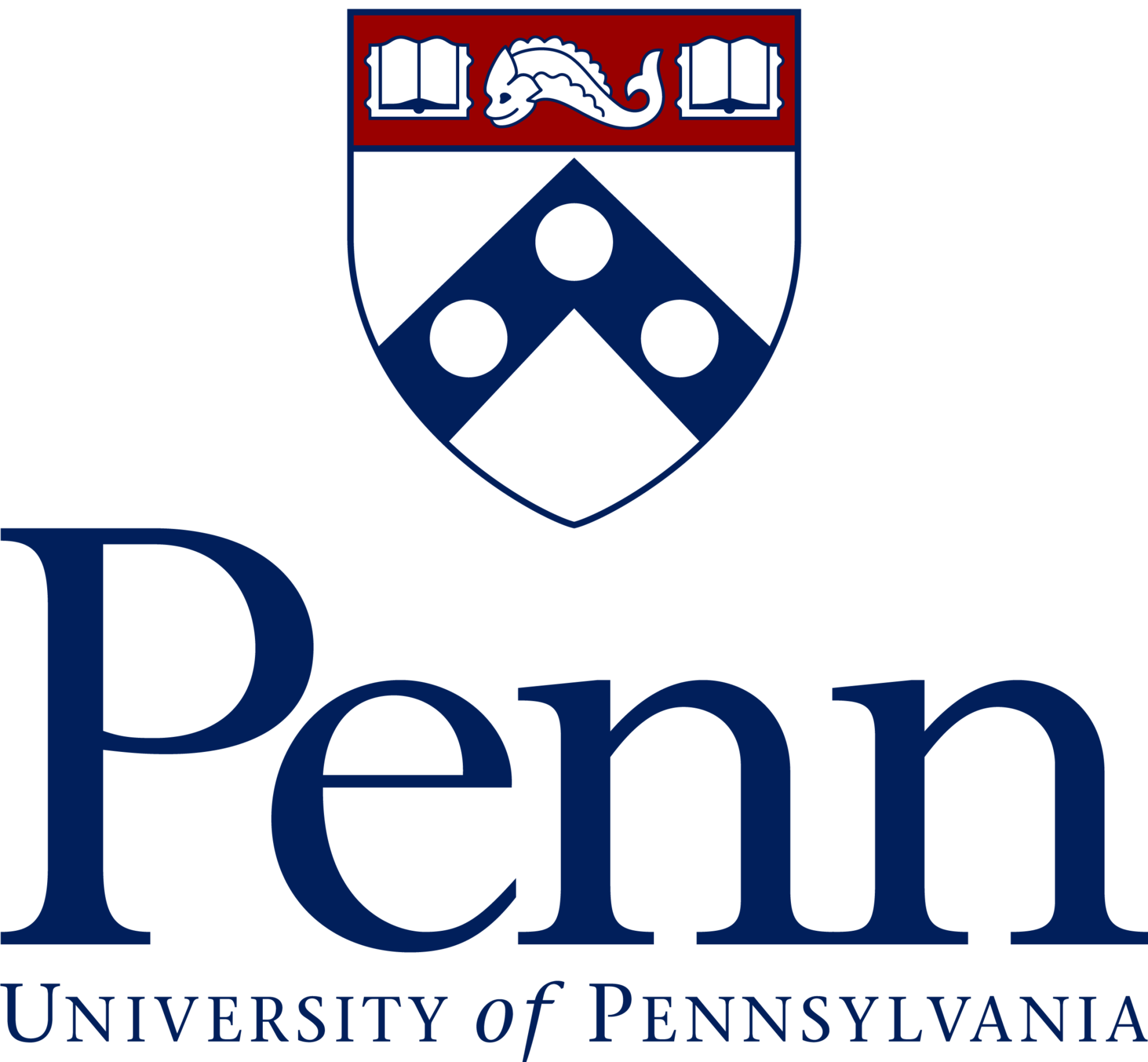
University of Pennsylvania
- Philadelphia, PA
Academic Highlights: 90 distinct degrees are available across four schools: the College of Arts & Sciences, the College of Applied Science and Engineering, the College of Nursing, and the world-renowned Wharton School. The greatest number of students pursue degrees in business (19%), social sciences (14%), biology (11%), health sciences (9%), engineering (9%), and computer science (9%). The university boasts an exceptional 26% of courses with an enrollment under ten and 59% with an enrollment under twenty as well as multiple ways for undergrads to conduct research.
Professional Outcomes: 75% of Class of 2022 grads were employed within six months of graduating, and 18% were in graduate school. Finance attracted the highest percentage of grads (30%) followed by consulting (20%), technology (15%), and healthcare (10%). Employers hiring the greatest number of 2022 grads included JPMorgan, Boston Consulting Group, McKinsey, Bain & Company, Meta, and Goldman Sachs. The median starting salary for all graduates is $80,000. For those continuing their educational journeys, the most popular move is to remain at Penn, followed by Columbia and Harvard.
- Enrollment: 9,760 (undergraduate); 13,614 (graduate)
- Cost of Attendance: $89,028
- Median SAT: 1540
- Median ACT: 35
- Acceptance Rate: 7%
- Retention Rate: 98%
- Graduation Rate: 96%

Princeton University
- Princeton, NJ
Academic Highlights: 39 majors are available at Princeton. Just under three-quarters of class sections have an enrollment of 19 or fewer students, and 31% have fewer than ten students. Princeton is known for its commitment to undergraduate teaching, and students consistently rate professors as accessible and helpful. The Engineering Department is widely recognized as one of the country’s best, as is the School of Public and International Affairs.
Professional Highlights: Over 95% of a typical Tiger class finds their next destination within six months of graduating. Large numbers of recent grads flock to the fields of business and engineering, health/science, & tech. Companies presently employing hundreds of Tiger alumni include Google, Goldman Sachs, Microsoft, McKinsey & Company, Morgan Stanley, IBM, and Meta. The average salary ranges from $40k (education, health care, or social services) to $100k (computer/mathematical positions). Between 15-20% of graduating Tigers head directly to graduate/professional school.
- Enrollment: 5,604 (undergraduate); 3,238 (graduate)
- Cost of Attendance: $86,700
- Median SAT: 1540
- Median ACT: 35
- Acceptance Rate: 6%
- Retention Rate: 97%
- Graduation Rate: 98%

Rice University
- Houston, TX
Academic Highlights: Rice offers more than 50 majors across six broad disciplines: engineering, architecture, music, social science, humanities, and natural science. Programs in biology, biochemistry, cognitive science, and music are incredibly strong, while the School of Architecture and the George R. Brown School of Engineering are among the highest-ranking schools in their disciplines. One-third of computer science majors are female, almost twice the national average. Class sizes are ideally small with 66% containing fewer than 20 students and a median class size of only fourteen.
Professional Outcomes: Six months after graduation, 88% of Rice grads have found careers or a graduate school home. Companies that employ many recent grads include Deloitte, Capital One, JP Morgan Chase, Google, and Microsoft. Over one hundred alumni are also current employees of companies such as Shell, ExxonMobil, Chevron, Amazon, Accenture, and Meta. Across all majors, the average starting salary is $73k. One-third of graduates move directly into graduate or professional school, with Harvard, Yale, Stanford, MIT, Columbia, and Berkeley being the most popular destinations.
- Enrollment: 4,494 (undergraduate); 4,178 (graduate)
- Cost of Attendance: $78,278
- Median SAT: 1530
- Median SAT: 35
- Acceptance Rate: 9%
- Retention Rate: 94%
- Graduation Rate: 98%
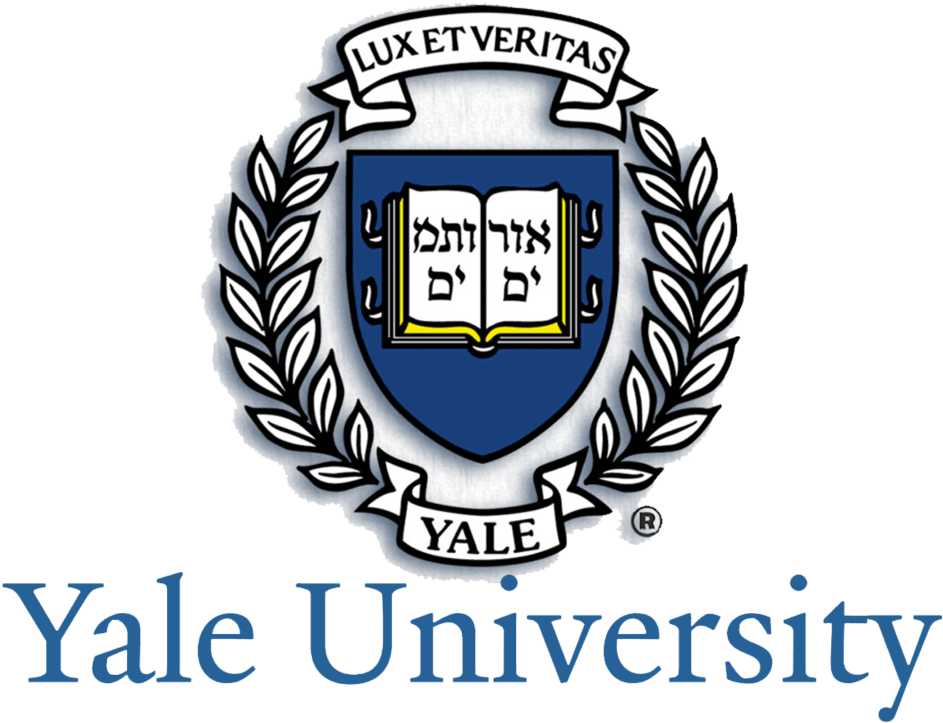
Yale University
- New Haven, CT
Academic Highlights: Yale offers 80 majors, most of which require a one- to two-semester senior capstone experience. Undergraduate research is a staple, and over 70% of classes—of which there are over 2,000 to choose from—have an enrollment of fewer than 20 students, making Yale a perfect environment for teaching and learning. Among the top departments are biology, economics, global affairs, engineering, history, and computer science. The social sciences (26%), biology (11%), mathematics (8%), and computer science (8%) are the most popular areas of concentration.
Professional Outcomes: Shortly after graduating, 73% of the Yale Class of 2022 had entered the world of employment and 18% matriculated into graduate programs. Hundreds of Yale alums can be found at each of the world’s top companies including Google, Goldman Sachs, McKinsey & Company, Morgan Stanley, and Microsoft. The most common industries entered by the newly hired were finance (20%), research/education (16%), technology (14%), and consulting (12%). The mean starting salary for last year’s grads was $81,769 ($120k for CS majors). Nearly one-fifth of students immediately pursue graduate school.
- Enrollment: 6,590 (undergraduate); 5,344 (graduate)
- Cost of Attendance: $87,705
- Median SAT: 1540
- Median ACT: 35
- Acceptance Rate: 5%
- Retention Rate: 98%
- Graduation Rate: 98%
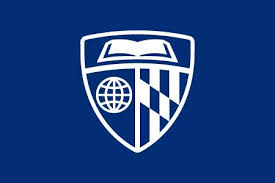
Johns Hopkins University
- Baltimore, MD
Academic Highlights: With 53 majors as well as 51 minors, JHU excels in everything from its bread-and-butter medical-related majors to international relations and dance. Boasting an enviable 6:1 student-to-faculty ratio and with 78% of course sections possessing an enrollment under 20, face time with professors is a reality. Many departments carry a high level of clout, including biomedical engineering, chemistry, English, and international studies. Biology, neuroscience, and computer science, which happen to be the three most popular majors, can also be found at the top of the national rankings.
Professional Outcomes: The Class of 2022 saw 94% of graduates successfully land at their next destination within six months of exiting the university; 66% of graduates entered the world of employment and a robust 19% went directly to graduate/professional school. The median starting salary across all majors was $80,000 for the Class of 2022. JHU itself is the most popular choice for graduate school. The next most frequently attended institutions included Columbia, Harvard, Yale, and MIT.
- Enrollment: 6,044
- Cost of Attendance: $86,065
- Median SAT: 1540
- Median ACT: 35
- Acceptance Rate: 7%
- Retention Rate: 97%
- Graduation Rate: 95%

Harvey Mudd College
- Claremont, CA
Academic Highlights: While 62% of courses have an enrollment under 20, another 32% enroll between 20 and 39 students. Regardless, Mudd prides itself on offering graduate-level research opportunities and experiential learning to all undergrads. Only six majors are offered: biology, chemistry, computer science, engineering, mathematics, and physics. All are incredibly strong. Students also have the option to combine certain disciplines into what amounts to a double major.
Professional Outcomes: Seventy-two percent of the Class of 2022 planned on entering a job right after receiving their bachelor’s degree. The highest number of recent Harvey Mudd graduates are scooped up by the following companies (in order of representation): Meta, Microsoft, and Caltech. Graduates average an impressive $117,500 starting salary, a phenomenal number even when accounting for the preponderance of STEM majors. Many Harvey Mudd grads—20% in 2022—go directly into graduate school programs.
- Enrollment: 906
- Cost of Attendance: $89,115
- Median SAT: 1530
- Median ACT: 35
- Acceptance Rate: 13%
- Retention Rate: 97%
- Graduation Rate: 92%
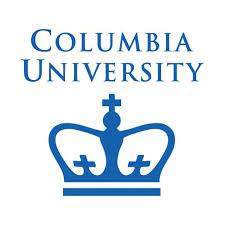
Columbia University
- New York, NY
Academic Highlights: Columbia offers 100+ unique areas of undergraduate study as well as a number of pre-professional and accelerated graduate programs. Class sizes at Columbia are reasonably small and the student-to-faculty ratio is favorable; however, in 2022, it was revealed that the university had been submitting faulty data in this area. It is presently believed that 58% of undergraduate courses enroll 19 or fewer students. The greatest number of degrees are conferred in the social sciences (22%), computer science (15%), engineering (14%), and biology (7%).
Professional Outcomes: Examining the most recent graduates from Columbia College and the Fu Foundation School of Engineering & Applied Science, 73% had found employment within six months, and 20% had entered graduate school. The median starting salary for graduates of Columbia College/Columbia Engineering is above $80,000. Many graduates get hired by the likes of Amazon, Goldman Sachs, Morgan Stanley, Google, Citi, McKinsey, and Microsoft.
- Enrollment: 8,832
- Cost of Attendance: $89,587
- Median SAT: 1540
- Median ACT: 35
- Acceptance Rate: 4%
- Retention Rate: 98%
- Graduation Rate: 95%
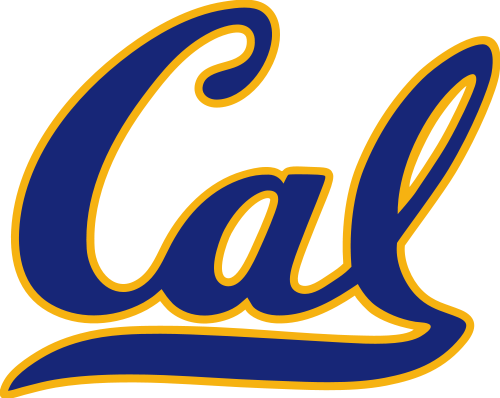
University of California, Berkeley
- Berkeley, CA
Academic Highlights: More than 150 undergraduate majors and minors are available across six schools: the College of Letters and Science, the College of Chemistry, the College of Engineering, the College of Environmental Design, the College of Natural Resources, and the Haas School of Business. Many departments have top international reputations including computer science, engineering, chemistry, English, psychology, and economics. 22% of sections contain nine or fewer students, and over 55% of students assist faculty with a research project or complete a research methods course.
Professional Outcomes: Upon graduating, 49% of Cal’s Class of 2022 had already secured employment, and 20% were headed to graduate school. Business is the most popular sector, attracting 62% of employed grads; next up are industrial (17%), education (8%), and nonprofit work (7%). The median starting salary was $86,459 across all majors. Thousands of alumni can be found in the offices of Google, Apple, and Meta, and 500+ Golden Bears are currently employed by Oracle, Amazon, and Microsoft. The school is the number one all-time producer of Peace Corps volunteers.
- Enrollment: 32,831 (undergraduate); 12,914 (graduate)
- Cost of Attendance: $48,574 (in-state); $82,774 (out-of-state)
- Median SAT: Test Blind
- Median ACT: Test Blind
- Acceptance Rate: 11%
- Retention Rate: 96%
- Graduation Rate: 94%
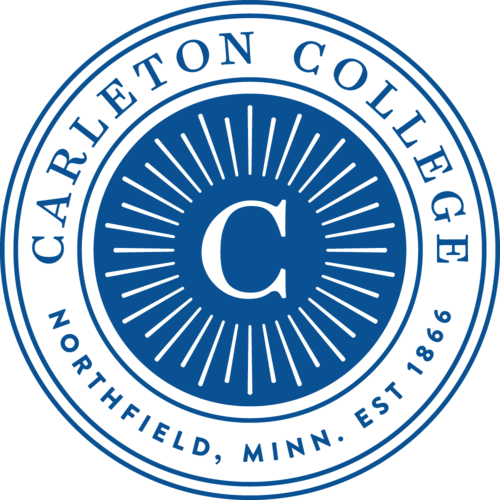
Carleton College
- Northfield, MN
Academic Highlights: Students work closely with their professors, and the college is routinely rated atop lists of best undergraduate teaching institutions. Small classes are the norm with the average being only sixteen students. It offers 33 majors, the most popular of which are within the disciplines of the social sciences (19%), the physical sciences (14%), biology (11%), computer science (11%), mathematics (10%), and psychology (8%).
Professional Outcomes: Target, Epic Systems, Google, Wells Fargo, and Amazon all employ large numbers of graduates. Carleton is a breeding ground for future scholars as a ridiculously high number of graduates go on to earn PhDs. In fact, by percentage, Carleton is one of the top five producers in the country of future PhDs. They produce an incredible number of doctoral degree holders in the areas of economics, math, political science, sociology, chemistry, physics, biology, and history.
- Enrollment: 2,034
- Cost of Attendance: $82,167
- Median SAT: 1490
- Median ACT: 33
- Acceptance Rate: 17%
- Retention Rate: 95%
- Graduation Rate: 91%
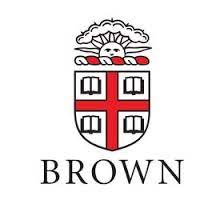
Brown University
- Providence, RI
Academic Highlights: Students must choose one of 80+ “concentration programs,” but there are no required courses. Class sizes tend to be small—68% have fewer than twenty students—and 35% are comprised of nine or fewer students. Biology, economics, computer science, mathematics, and engineering are among the most popular areas of concentration at Brown; however, it is hard to distinguish any one program, because Brown possesses outstanding offerings across so many disciplines.
Professional Outcomes: Soon after receiving their Brown diplomas, 69% of graduates enter the world of employment. Companies employing the greatest number of Brown alums include Google, Microsoft, Goldman Sachs, Amazon, Morgan Stanley, Apple, McKinsey & Company, and Bain & Company. The Class of 2022 saw 27% of graduates go directly into graduate/professional school. Right out of undergrad, Brown students boasted an exceptional 81% admission rate to med school and an 81% admission rate to law school.
- Enrollment: 7,639
- Cost of Attendance: $84,828
- Median SAT: 1530
- Median ACT: 35
- Acceptance Rate: 5%
- Retention Rate: 99%
- Graduation Rate: 96%
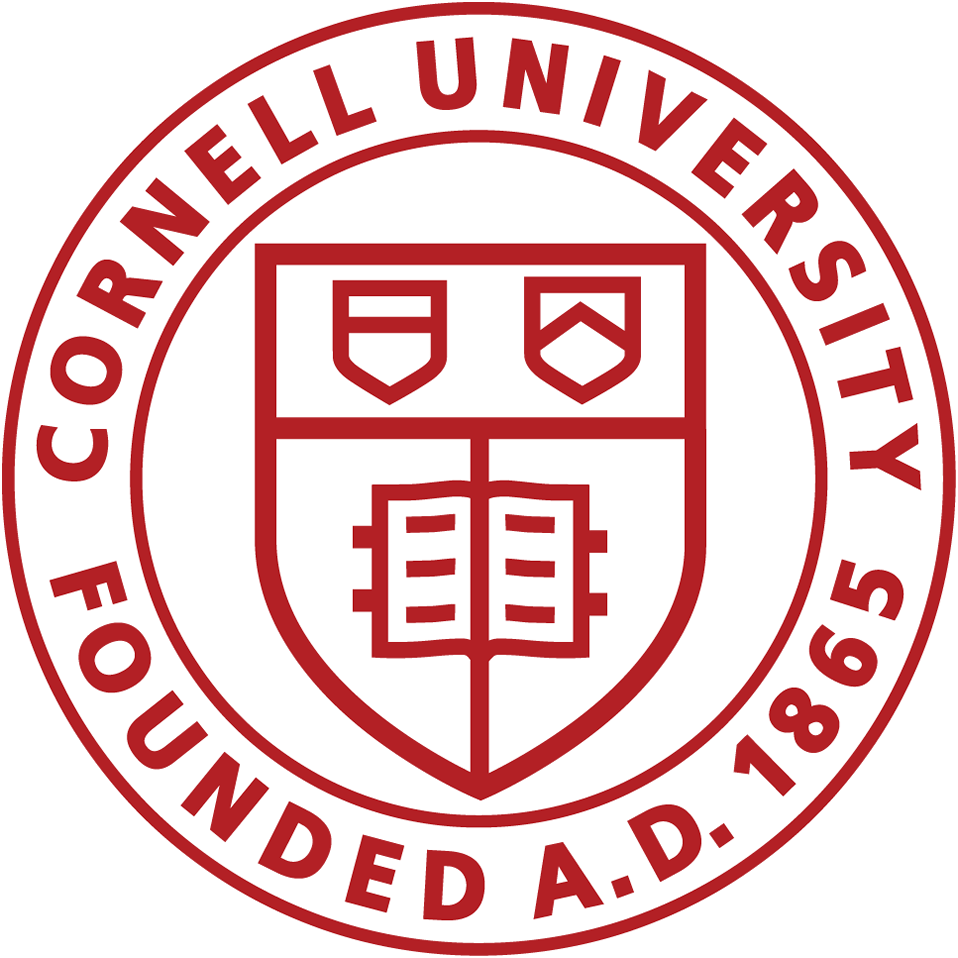
Cornell University
- Ithaca, NY
Academic Highlights: A diverse array of academic programs includes 80 majors and 120 minors spread across the university’s seven schools/colleges. Classes are a bit larger at Cornell than at many other elite institutions. Still, 55% of sections have fewer than 20 students. Most degrees conferred in 2022 were in computer science (17%), engineering (13%), business (13%), and biology (13%). The SC Johnson College of Business houses two undergraduate schools, both of which have phenomenal reputations.
Professional Outcomes: Breaking down the graduates of the College of Arts and Sciences, the largest school at Cornell, 68% entered the workforce, 28% entered graduate school, 1% pursued other endeavors such as travel or volunteer work, and the remaining 3% were still seeking employment six months after receiving their diplomas. The top sectors attracting campus-wide graduateswere financial services (18%), technology (17%), consulting (15%), and education (10%). Of the students from A&S going on to graduate school, 15% were pursuing JDs, 5% MDs, and 22% PhDs.
- Enrollment: 15,735
- Cost of Attendance: $88,150
- Median SAT: 1520
- Median ACT: 34
- Acceptance Rate: 7%
- Retention Rate: 97%
- Graduation Rate: 95%

Williams College
- Williamstown, MA
Academic Highlights: The school’s 25 academic departments offer 36 majors and a number of concentrations rather than minors. An unparalleled 40% of courses have fewer than ten students enrolled; the median class size is 12 students. Programs in economics, English, history, math, and political science are especially renowned, and the greatest number of degrees are conferred in the social sciences (26%), the physical sciences (10%), math and statistics (9%), psychology (9%), and computer science (7%).
Professional Outcomes: Among the Class of 2022, 92% were employed or continuing their educational journey within six months of graduating. Business and education typically attract the most students, with popular companies/organizations including Apple, Google, Goldman Sachs, The New York Times Co., the Peace Corps, and Teach for America. The median annual income for 2022 grads was $75,000. 75% pursue an advanced degree within five years of leaving Williams, with the most frequently attended graduate programs being Harvard, Columbia, and Yale.
- Enrollment: 2,152 (undergraduate); 53 (graduate)
- Cost of Attendance: $81,160
- Median SAT: 1520
- Median ACT: 35
- Acceptance Rate: 8%
- Retention Rate: 97%
- Graduation Rate: 95%

Wesleyan University
- Middletown, CT
Academic Highlights: With 45 majors and 32 minors, Wes truly has something for everyone. The academic requirements are relatively minimal, giving undergrads a high degree of intellectual freedom. Under 75% of class sections have fewer than twenty students; students rave about the accessible faculty. Research opportunities with professors are plentiful. Offerings in economics, English, film studies, and neuroscience typically receive the most praise from employers/grad schools; accordingly, the social sciences (24%), psychology (17%), and the visual and performing arts (12%) are the most popular.
Professional Outcomes: Within six months of graduating, 66% of 2022 grads had entered employment, with tech/engineering/sciences, education, and arts/entertainment being the three top sectors. The companies employing the highest numbers of recent Wesleyan grads included Google, Epic, Analysis Group, Boston Medical Center, Booz Allen Hamilton, Accenture, and Apple. Graduate school was the next stop for 18% of new alums; enrolling institutions included MIT, Stanford, Berkeley, Yale, Harvard, Temple, and UMass.
- Enrollment: 3,069 (undergraduate); 184 (graduate)
- Cost of Attendance: $89,094
- Median SAT: 1430
- Median ACT: 32
- Acceptance Rate: 14%
- Retention Rate: 95%
- Graduation Rate: 93%
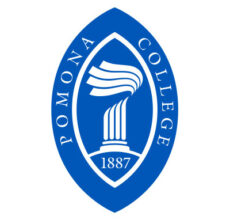
Pomona College
- Claremont, CA
Academic Highlights: There are 48 majors and minors to select from with the most popular being social sciences (23%), biology (13%), and computer science (12%). Majors in economics, international relations, chemistry, and mathematics receive especially high marks. More than 600 courses are on the menu at Pomona alone, but students can access any of the Claremont Consortium’s 2,700 courses. Pomona’s 8:1 student-to-teacher ratio leads to an average class size of only 15 students, and over 50% of the undergraduate population conduct research alongside a faculty member.
Professional Outcomes: 71% of the Class of 2022 were employed within six months of graduating. Overall, the largest number of alumni can be found at Google, Kaiser Permanente, Microsoft, Amazon, and Meta. Recently, economics degree-earners have landed jobs at Goldman Sachs, Wells Fargo, Morgan Stanley, or Accenture. Majors in the hard sciences frequently landed at top research laboratories and hospitals. Of the 21% of 2022 grads who were accepted directly into graduate school, the most frequently attended institutions included the University of Cambridge, Duke, Harvard, Caltech, UChicago, and Stanford.
- Enrollment: 1,761
- Cost of Attendance: $88,296
- Median SAT: 1520
- Median ACT: 34
- Acceptance Rate: 7%
- Retention Rate: 96%
- Graduation Rate: 93%
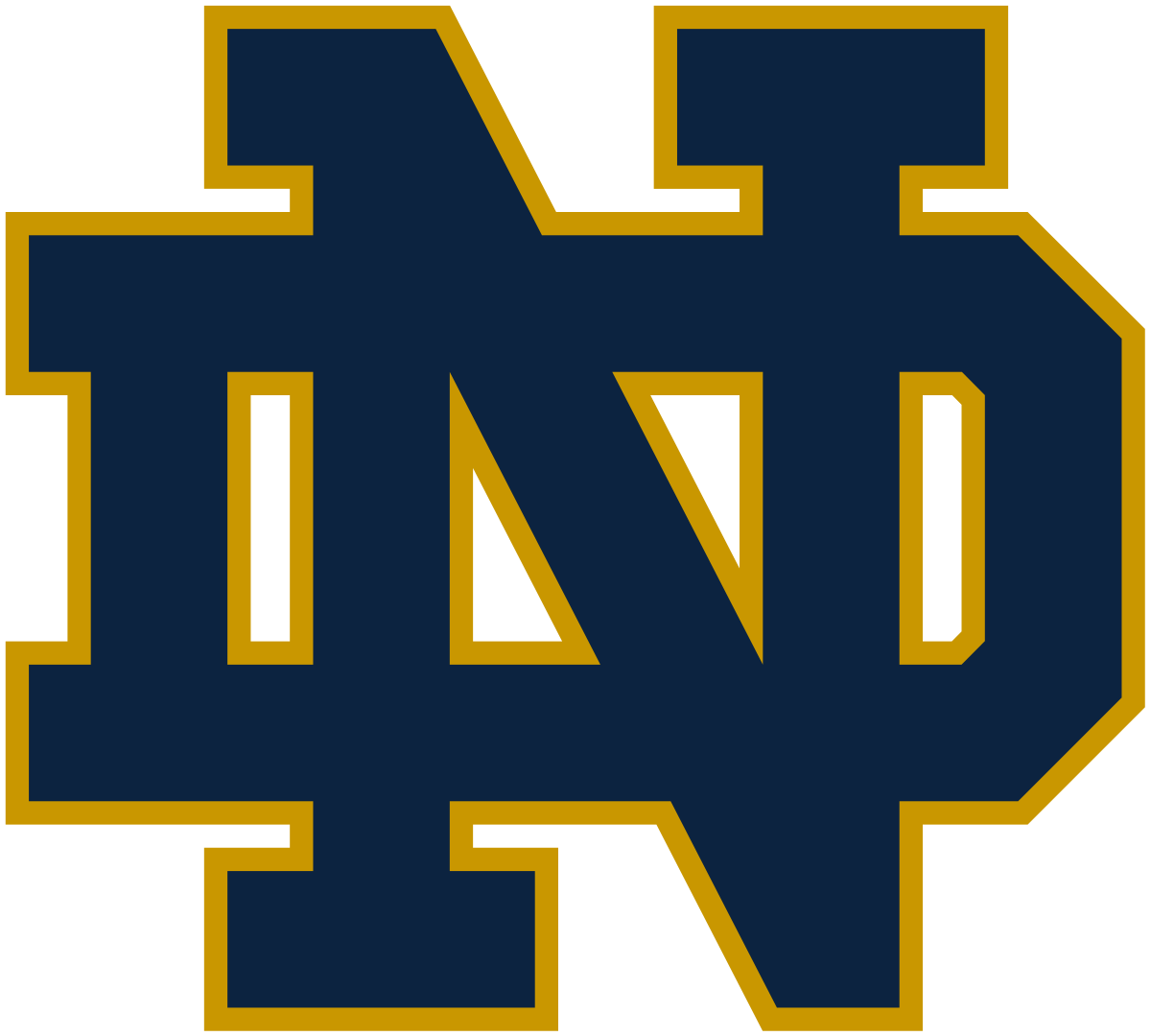
University of Notre Dame
- Notre Dame, IN
Academic Highlights: 75 majors are offered across six undergraduate colleges: the School of Architecture, the College of Arts and Letters, the Mendoza School of Business (one of the country’s best business schools), the College of Engineering, the Keough School of Global Affairs, and the College of Science. In 2022, the most degrees were conferred in business (20%), the social sciences (18%), engineering (12%), and biology (8%). A solid 60% of courses enroll fewer than 20 students, and 15% have single-digit numbers. 75% of Notre Dame undergrads study abroad.
Professional Outcomes: 69% of 2022 grads directly entered the world of employment, with the most common industries being financial services (21%), consulting (17%), technology (12%), and health services (9%). Massive numbers of alumni can be found at Deloitte, EY, PwC, IBM, Accenture, Booz Allen Hamilton, Google, Microsoft, Amazon, Goldman Sachs, JPMorgan, and McKinsey & Co. The median early-career salary was $76,000. Of the 20% of grads who went directly into their graduate/professional studies, 18% were pursuing medical degrees and 9% were studying law.
- Enrollment: 8,971 (undergraduate); 4,134 (graduate)
- Cost of Attendance: $86,125
- Median SAT: 1500
- Median ACT: 34
- Acceptance Rate: 13%
- Retention Rate: 97%
- Graduation Rate: 96%

Carnegie Mellon University
- Pittsburgh, PA
Academic Highlights: There are a combined 80+ undergraduate majors and 90 minors available across the six schools. Impressively, particularly for a school with more graduate students than undergrads, CMU boasts a 6:1 student-to-faculty ratio and small class sizes, with 36% containing single digits. In a given school year, 800+ undergraduates conduct research through the University Research Office. The most commonly conferred degrees are in engineering (21%), computer science (16%), mathematics (12%), business (10%), and visual and performing arts (9%).
Professional Outcomes: By the end of the calendar year in which they received their diplomas, 66% of 2022 grads were employed, and 28% were continuing to graduate school. The companies that have routinely scooped up CMU grads include Google, Meta, Microsoft, Apple, Accenture, McKinsey, and Deloitte. With an average starting salary of $105,194, CMU grads outpace the average starting salary for a college grad nationally. Of those pursuing graduate education, around 20% typically enroll immediately in PhD programs.
- Enrollment: 7,509
- Cost of Attendance: $84,412
- Median SAT: 1540
- Median ACT: 35
- Acceptance Rate: 11%
- Retention Rate: 97%
- Graduation Rate: 92%
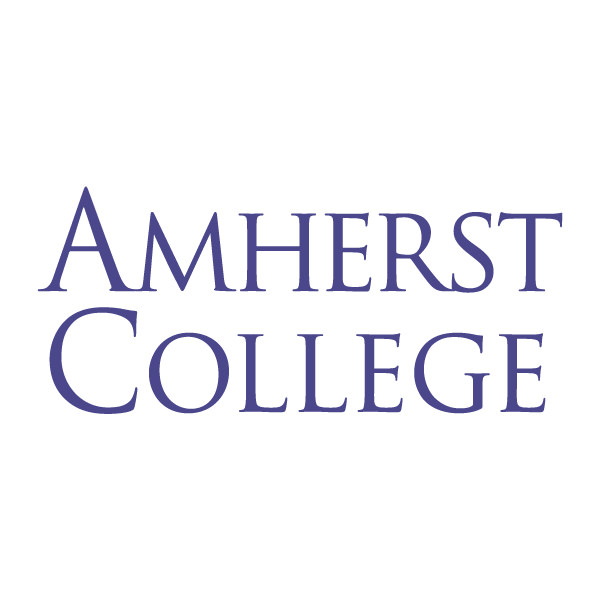
Amherst College
- Amherst, MA
Academic Highlights: A 7:1 student-to-faculty ratio allows for 66% of courses to have fewer than twenty students and 32% to have single-digit enrollments. By senior year, 98% of seniors report feeling close enough to a faculty member to ask for a letter of recommendation. Amherst possesses strong offerings across the board, most notably in economics, English, history, mathematics, and law The social sciences account for 22% of degrees conferred, while 14% are in mathematics, 11% in biology, and 7% in computer science
Professional Outcomes: Six months after graduation, 93% of the Class of 2022 had already found its way into the world of employment, graduate school, or a volunteer organization. The largest employers of Amherst grads includes Google, Deloitte, Morgan Stanley, and Goldman Sachs. The schools where the highest number of Amherst grads can be found pursuing advanced degrees include MIT, Dartmouth, and the University of Pennsylvania. Fifty to sixty Amherst grads apply to medical school each year, and the acceptance rate hovers around 75-80%.
- Enrollment: 1,898
- Cost of Attendance: $84,840
- Median SAT: 1520
- Median ACT: 34
- Acceptance Rate: 7%
- Retention Rate: 95%
- Graduation Rate: 92%

Dartmouth College
- Hanover, NH
Academic Highlights: Dartmouth sports 60+ majors and a stunning breadth of course selections for an institution of its size. The learning environment at Dartmouth is extraordinarily intimate. Not only do 61% of course sections have under twenty students, but 18% have single-digit enrollments. The student-to-faculty ratio is an outstanding 7:1. Top programs offered by Big Green include biology, economics, neuroscience, and government. The social sciences are the most popular, accounting for 32% of degrees conferred, followed by computer science (10%), mathematics (9%), engineering (9%), and biology (7%).
Professional Outcomes: A great reputation along with a passionate alumni network that is 80,000 strong leads Dartmouth grads to successful transitions into graduate school and the world of work. Included in the top ten employers of Dartmouth grads are a number of investment banks including Goldman Sachs, Morgan Stanley, Bain & Company, Citibank, and Deutsche Bank. Right off the bat, 52% of graduates make more than $70,000 in salary. Those pursuing graduate degrees often flock to the likes of Harvard, Columbia, and Princeton.
- Enrollment: 4,458
- Cost of Attendance: $87,793
- Median SAT: 1550
- Median ACT: 34
- Acceptance Rate: 6%
- Retention Rate: 98%
- Graduation Rate: 95%
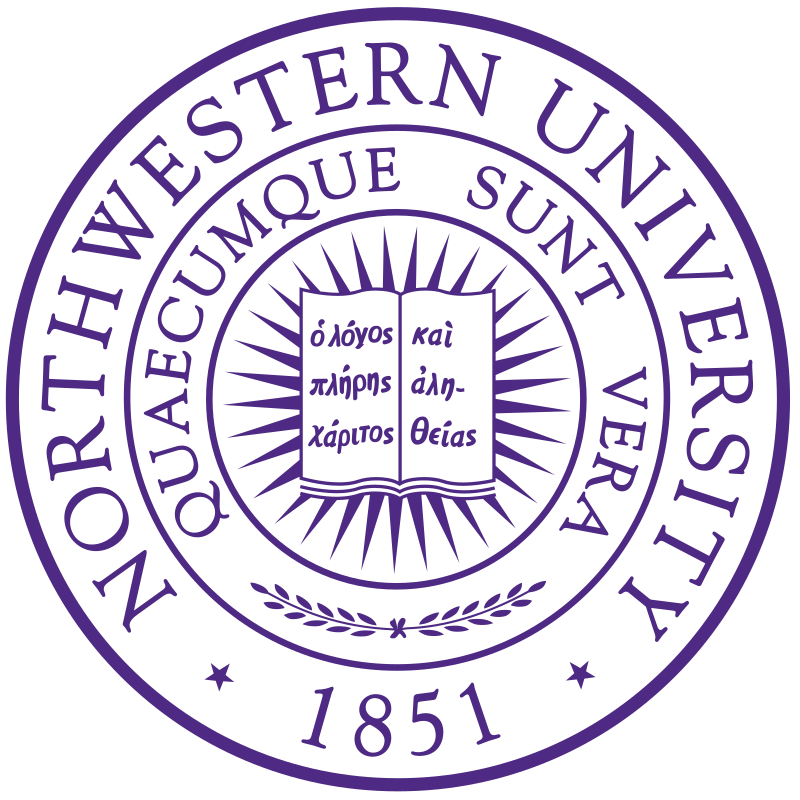
Northwestern University
- Evanston, IL
Academic Highlights: Northwestern is home to six undergraduate schools, including Medill, which is widely regarded as one of the country’s best journalism schools. The McCormick School of Engineering also achieves top rankings, along with programs in economics, social policy, and theatre. The social sciences account for the greatest number of degrees conferred (19%), followed by communications/journalism (13%), and engineering (11%). 45% of classes have nine or fewer students enrolled; 78% have fewer than twenty enrollees. 57% of recent grads had the chance to conduct undergraduate research.
Professional Outcomes: Six months after graduating, 69% of the Class of 2022 had found employment and 27% were in graduate school. The four most popular professional fields were consulting (18%), engineering (18%), business/finance (16%), and communications/marketing/media (13%). Employers included the BBC, NBC News, The Washington Post, NPR, Boeing, Google, IBM, Deloitte, PepsiCo, Northrop Grumman, and Goldman Sachs. Across all majors, the average starting salary was $73k. Of those headed straight to graduate school, engineering, medicine, and business were the three most popular areas of concentration.
- Enrollment: 8,659 (undergraduate); 14,073 (graduate)
- Cost of Attendance: $91,290
- Median SAT: 1530
- Median ACT: 34
- Acceptance Rate: 7%
- Retention Rate: 98%
- Graduation Rate: 97%

University of Washington – Seattle
- Seattle, WA
Academic Highlights: 180+ undergraduate majors are offered across thirteen colleges/schools. Personal connections with professors abound as 55% of grads complete a faculty-mentored research project. The College of Engineering, which includes the College of Computer Science & Engineering, is one of the best in the nation; UW also boasts strong programs in everything from business to social work to environmental science. The most popular degrees are the social sciences (13%), biology (12%), computer science (11%), and business (8%).
Professional Outcomes: Within months of graduation, 73% of Class of 2022 grads were employed and 17% were continuing their education. The most popular employers of the Class of 2022 included Google, Amazon, Microsoft, Boeing, and KPMG. Across all living alumni, 6,000+ work for Microsoft, and 4000+ work for each of Boeing and Amazon. Of those headed to graduate/professional school, just over half remain in state, mostly at UW itself. Large numbers of 2022 grads also headed to Columbia, Johns Hopkins, and USC.
- Enrollment: 36,872 (undergraduate); 16,211 (graduate)
- Cost of Attendance: $34,554 (in-state); $63,906 (out-of-state)
- Median SAT: 1420
- Median ACT: 32
- Acceptance Rate: 48%
- Retention Rate: 94%
- Graduation Rate: 84%
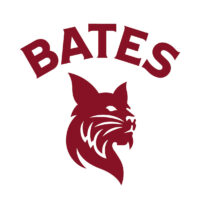
Bates College
- Lewiston, ME
Academic Highlights: Thirty-four percent of courses at Bates have a single-digit enrollment, and 63% of classrooms contain nineteen or fewer students. The student-to-faculty ratio is 10:1, and not a single graduate student is present to vacuum up professorial attention. Twenty-eight percent of all degrees earned at Bates are in the social sciences, and psychology (14%), biology (13%), and the physical sciences (7%) are next in popularity. Though strong across many disciplines, Bates boasts exemplary programs in political science, art, philosophy, economics, and psychology.
Professional Outcomes: Within six months of graduation, 99% of the Class of 2022 were either employed, enrolled in graduate school, or otherwise meaningfully engaged in a fellowship or internship. The most frequently entered fields were healthcare (17%), education (16%), finance/banking (14%), and technology (7%). Within ten years of graduation, approximately 13% of Bates graduates are in, or have completed, law school whereas 7% enroll in medical school.
- Enrollment: 1,790
- Cost of Attendance: $81,382
- Median SAT: 1430
- Median ACT: 32
- Acceptance Rate: 14%
- Retention Rate: 93%
- Graduation Rate: 93%
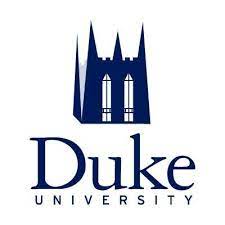
Duke University
- Durham, NC
Academic Highlights: The academic offerings at Duke include 53 majors, 52 minors, and 23 interdisciplinary certificates. Class sizes are on the small side—71% are nineteen or fewer, and almost one-quarter are less than ten. A stellar 5:1 student-to-faculty ratio helps keep classes so reasonable even while catering to five figures worth of graduate students. Computer Science is the most popular area of concentration (11%), followed by economics (10%), public policy (9%), biology (8%), and computer engineering (7%).
Professional Outcomes: At graduation, approximately 70% of Duke diploma-earners enter the world of work, 20% continue into graduate schools, and 2% start their own businesses. The industries that attract the largest percentage of Blue Devils are tech (21%), finance (15%), business (15%), healthcare (9%), and science/research (6%). Of the 20% headed into graduate school, a hefty 22% are attending medical school, 18% are in PhD programs, and 12% are entering law school. The med school acceptance rate is 85%, more than twice the national average.
- Enrollment: 6,640
- Cost of Attendance: $85,238
- SAT Range: 1490-1570
- ACT Range: 34-35
- Acceptance Rate: 6%
- Retention Rate: 98%
- Graduation Rate: 97%
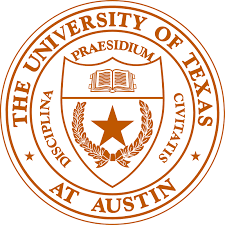
The University of Texas at Austin
- Austin, TX
Academic Highlights: UT Austin offers over 150 majors, including those at the Cockrell School of Engineering, one of the most heralded undergraduate engineering schools around, and The McCombs School of Business, which dominates in the specialty areas of accounting and marketing. The computer science department is also top-ranked. In terms of degrees conferred, engineering is tied with biology (12%) followed by communication (11%), business (11%), and the social sciences (8%). The elite Plan II Honors Program is one of the best in the country.
Professional Outcomes: Within the College of Liberal Arts, six months after graduating, 68% of Longhorns are employed and 24% have entered graduate school. The for-profit sector attracts 65% of those employed while 19% enter public sector employment and 16% pursue jobs at a nonprofit. Major corporations that employ more than 500 UT Austin grads include Google, Meta, Oracle, Microsoft, IBM, and Apple. Engineering majors took home a median income of $79k and business majors took home $70k.
- Enrollment: 41,309 (undergraduate); 11,075 (graduate)
- Cost of Attendance: $30,752-$34,174 (in-state); $61,180-$69,310 (out-of-state)
- Median SAT: 1430
- Median ACT: 32
- Acceptance Rate: 31%
- Retention Rate: 95%
- Graduation Rate: 88%

United States Naval Academy
- Annapolis, MD
Academic Highlights: The Naval Academy has some of the top-ranked undergraduate engineering programs in the world with standout reputations in aerospace, computer, electrical, and mechanical engineering. 26 different undergraduate programs are offered in a variety of disciplines, but at least 65% of each class must complete degrees in a STEM discipline in order to meet the highly technological needs of the Navy. Close to three-quarters of course sections will contain fewer than 20 students, and the student-to-faculty ratio is a stellar 7:1.
Professional Outcomes: USNA midshipmen have a mandatory five-year military commitment upon graduating, so the vast majority immediately become ensigns in the Navy or second lieutenants in the Marine Corps. Very few are cleared to enter graduate school directly after receiving their bachelor’s. However, upon entering civilian employment/life, alumni flock to companies that include Lockheed Martin, Northrop Grumman, Booz Allen Hamilton, Amazon, Microsoft, Meta, and McKinsey and Co. They also enjoy some of the highest average salaries of any alumni group in the country.
- Enrollment: 1,175
- Cost of Attendance: $0
- Median SAT: 1330
- Median ACT: 30
- Acceptance Rate: 9%
- Retention Rate: 87%
- Graduation Rate: 86%

Hamilton College
- Clinton, NY
Academic Highlights: The student-to-faculty ratio is 9:1, and without any pesky graduate students to get in the way, face time with professors is a regular occurrence. In fact, 28% of all classes have nine or fewer students; 72% have nineteen or fewer. Economics, government, and biology are among the strongest and most popular majors; other standout programs include public policy, mathematics, and environmental studies. Thirty percent of students earn social science degrees, with biology (13%), visual and performing arts (9%), physical science (7%), and foreign languages (7%) next in line.
Professional Outcomes: Examining the 491 graduates in Hamilton’s Class of 2022, an enviable 97% wasted no time landing jobs, graduate school acceptances, or fellowships. The most commonly entered industries were finance (17%), education (13%), business (12%), and science/tech (11%). Only 17% of 2022 graduates went directly into an advanced degree program. In one recent year, 33% of Hamilton grads were studying a STEM field, 22% were in the social sciences, 17% pursued a health care degree, and 5% went to law school.
- Enrollment: 2,075
- Cost of Attendance: $82,430
- Median SAT: 1490
- Median ACT: 34
- Acceptance Rate: 12%
- Retention Rate: 95%
- Graduation Rate: 92%

University of California, Santa Barbara
- Santa Barbara, CA
Academic Highlights: There are 90 undergraduate majors across three schools: the College of Letters and Science, the College of Engineering, and the College of Creative Studies. The social sciences are the most popular area of study, accounting for 27% of the total degrees conferred. Biology (10%), math (9%), and psychology (9%) are next in popularity. The school has highly regarded programs in communication, computer science, engineering, physics, environmental science, and the performing arts. More than half of sections contain fewer than 20 students, and 72% enroll 29 or fewer.
Professional Outcomes: Within six months of earning their diplomas, 84% of grads had found employment. The most popular industries were science/research (16%), engineering/computer programming (14%), business (13%), finance/accounting (11%), and sales (10%). Top employers of recent grads include Google, EY, KPMG, Oracle, Amazon, IBM, and Adobe. Many alumni also can be found at Apple, Meta, Microsoft, and Salesforce. Two years after graduating, UCSB alumni make an average salary of $55k; more than half make $100k by mid-career.
- Enrollment: 23,460 (undergraduate); 2,961 (graduate)
- Cost of Attendance: $41,289 (in-state); $73,863 (out-of-state)
- Median SAT: Test Blind
- Median ACT: Test Blind
- Acceptance Rate: 28%
- Retention Rate: 92%
- Graduation Rate: 86%
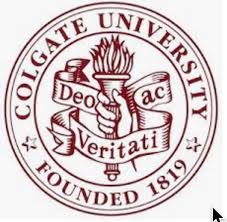
Colgate University
- Hamilton, NY
Academic Highlights: Fifty-six majors are on tap at Colgate, including all of the expected liberal arts concentrations. With a student-faculty ratio of 9:1 and an average class size of 16, Colgate undergraduates work intimately with their instructors. The social sciences account for 35% of all degrees conferred and, within that umbrella, economics, political science, and English are among the most popular and most well-regarded majors.
Professional Outcomes: Nine months after graduation, only a small number of Colgate alumni are still looking for work; in 2022, that group represented less than 2% of the graduating class. A substantial 80% had already landed full-time jobs. Employers hiring the most Colgate grads included BOA, Merrill Lynch, JP Morgan, EY, Wayfair, and the NIH. 85-95% of law school applicants are accepted into one of their target institutions. The medical school numbers were even more impressive with 100% of graduating seniors gaining acceptance into at least one med school.
- Enrollment: 3,130
- Cost of Attendance: $83,814
- Median SAT: 1470
- Median ACT: 33
- Acceptance Rate: 12%
- Retention Rate: 94%
- Graduation Rate: 91%
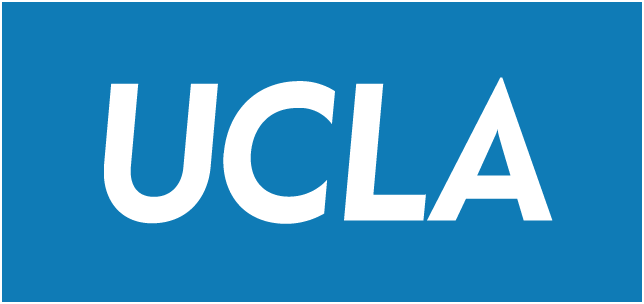
University of California, Los Angeles
- Los Angeles, CA
Academic Highlights: UCLA offers 125 majors in 100+ academic departments, and more than 60 majors require a capstone experience that results in the creation of a tangible product under the mentorship of faculty members. The most commonly conferred degrees are in the social sciences (25%), biology (16%), psychology (11%), mathematics (8%), and engineering (7%). Departmental rankings are high across the board, especially in computer science, engineering, film, fine and performing arts, mathematics, and political science.
Professional Outcomes: UCLA grads flow most heavily into the research, finance, computer science, and engineering sectors. High numbers of recent grads can be found at Disney, Google, EY, Teach for America, Amazon, and Oracle. Hundreds also can be found at Bloomberg, Deloitte, Mattel, Oracle, and SpaceX. The average starting salary exceeds $55,000. 16% of recent grads enrolled directly in a graduate/professional school, with other CA-based institutions like Stanford, Pepperdine, USC, Berkeley, and Loyola Marymount being the most popular.
- Enrollment: 33,040 (undergraduate); 15,010 (graduate)
- Cost of Attendance: $38,517 (in-state); $71,091 (out-of-state)
- Median SAT: Test Blind
- Median ACT: Test Blind
- Acceptance Rate: 9%
- Retention Rate: 97%
- Graduation Rate: 93%

Swarthmore College
- Swarthmore, PA
Academic Highlights: Swarthmore offers forty undergraduate programs and runs 600+ courses each academic year. Small, seminar-style courses are the norm—an outstanding 33% of sections enroll fewer than ten students, and 70% contain a maximum of nineteen students. Social science degrees are the most commonly conferred, accounting for 24% of all 2022 graduates. Future businessmen/women, engineers, and techies are also well-positioned, given Swat’s incredibly strong offerings in economics, engineering, and computer science.
Professional Outcomes: 68% of Class of 2022 grads entered the workforce shortly after graduation. Popular industries included education (17%), consulting (16%), and financial services (13%); the median starting salary was $60,000. Google is a leading employer of Swarthmore grads followed by Amazon, Goldman Sachs, IBM, and a number of the top universities. 18% of 2022 grads pursued advanced degrees, with 35% pursuing a PhD, 35% entering master’s programs, 10% heading to law school, and 7% matriculating into medical school.
- Enrollment: 1,625
- Cost of Attendance: $81,376
- Median SAT: 1500
- Median ACT: 33
- Acceptance Rate: 7%
- Retention Rate: 96%
- Graduation Rate: 94%
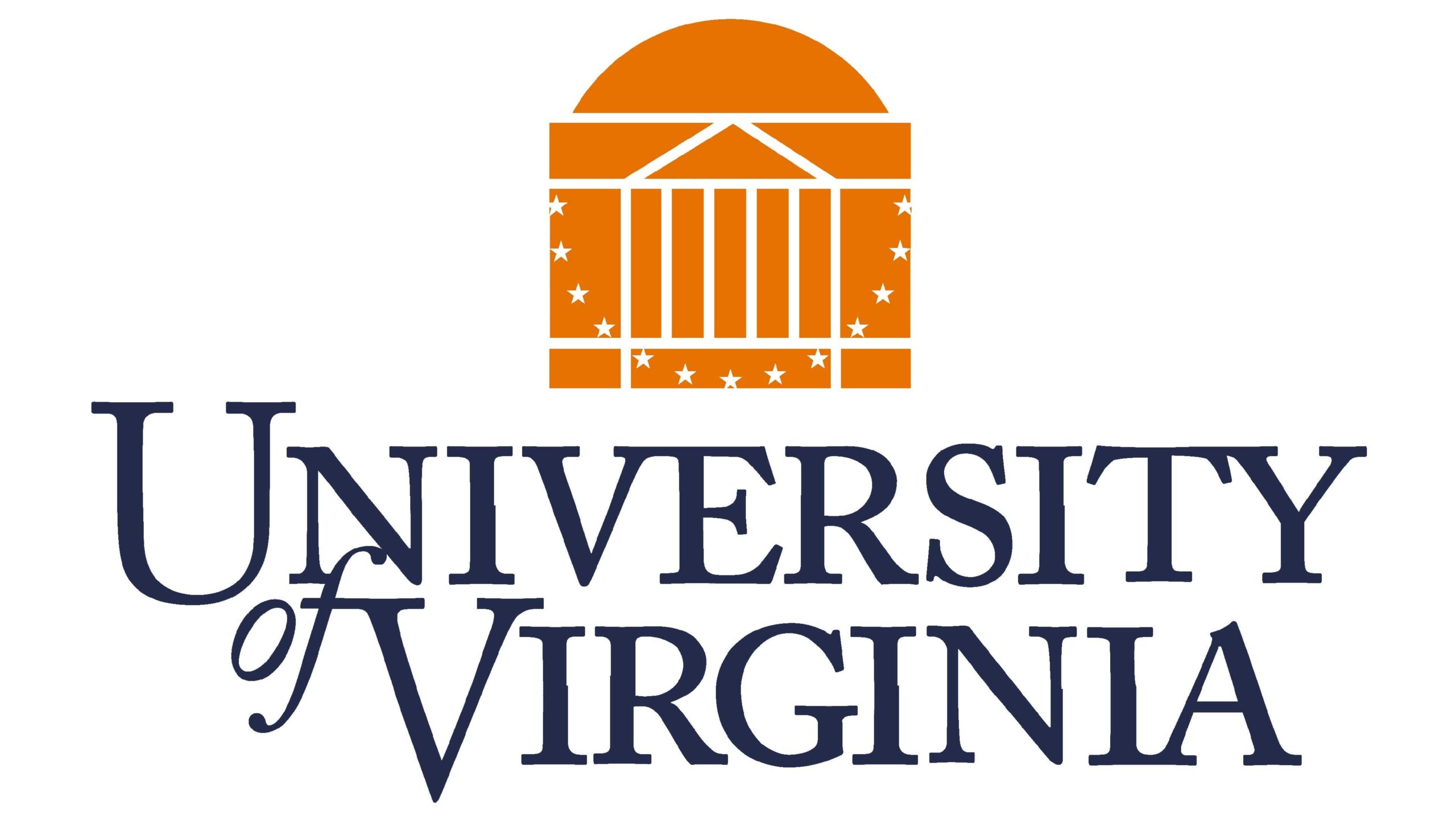
University of Virginia
- Charlottesville, VA
Academic Highlights: Undergrads can study within one of seven colleges/schools, which all offer many small classes; 15% boast single-digit enrollment and 48% contain 19 or fewer students. The McIntire School of Commerce and the School of Engineering and Applied Science have glowing reputations. Other notable strengths include computer science, economics, and political philosophy, policy, and law. The most popular degree areas are liberal arts/general studies (22%), the social sciences (14%), engineering (11%), business/marketing (8%), and biology (7%).
Professional Outcomes: Upon receiving their degree, 95% of the Class of 2022 immediately joined the workforce–with an average starting salary of $90k–or headed directly to graduate school. The most popular industries were internet & software, higher education, and management consulting. Capital One (85), Deloitte (46), Amazon (38), and Bain & Co. (26) scooped up the greatest number of 2022 grads. UVA itself was the most popular grad school destination followed by Columbia, Virginia Commonwealth University, and Johns Hopkins.
- Enrollment: 17,496 (undergraduate); 8,653 (graduate)
- Cost of Attendance: $39,494-49,874 (in-state); $78,214-90,378 (out-of-state)
- Median SAT: 1470
- Median ACT: 33
- Acceptance Rate: 19%
- Retention Rate: 97%
- Graduation Rate: 95%
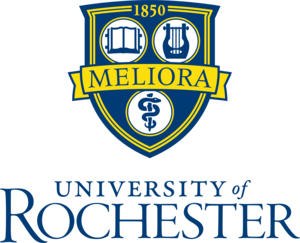
University of Rochester
- Rochester, NY
Academic Highlights: U of R’s 160 undergraduate programs offer a rigorous yet flexible educational experience at a small liberal arts college within a renowned research institution. 66% of sections enroll fewer than 20 students, and an impressive 77% of students are involved in undergraduate research. The Eastman School of Music is one of the best music conservatories in the United States, and the Hajim School of Engineering & Applied Sciences is a top 50 institution. Other strong majors include mathematics, economics, and political science.
Professional Outcomes: Six months after receiving their diplomas, 97% of Class of 2022 grads had achieved positive outcomes with 57% employed and a notably high 38% already pursuing an advanced degree. Popular industries included internet and software (14%), healthcare (14%), and investment banking (6%). Top employers of 2022 grads included Google, Goldman Sachs, Epic Systems, and Deloitte. The average starting salary for the most recent cohort of grads was an impressive $82,325; that figure was over $105k for graduates of the Hajim School of Engineering.
- Enrollment: 6,767 (undergraduate); 5,430 (graduate)
- Cost of Attendance: $85,858
- Median SAT: 1460
- Median ACT: 33
- Acceptance Rate: 39%
- Retention Rate: 92%
- Graduation Rate: 90%
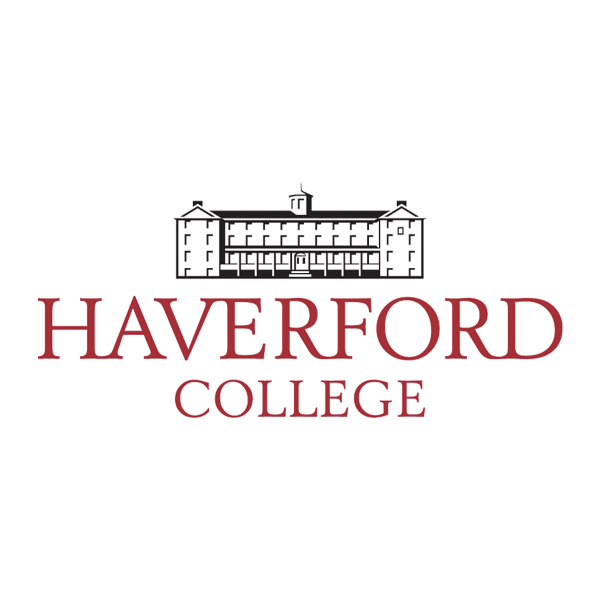
Haverford College
- Haverford, PA
Academic Highlights: Haverford offers 31 majors, 32 minors, 12 concentrations, and eleven consortium programs—areas of study that can be pursued at partner campuses. The school’s 9:1 student-to-faculty ratio and exclusive emphasis on undergraduate education lead to exceptionally intimate classes, 33% of which have fewer than 10 students, and 72% have fewer than 20. The most popular areas of study at Haverford include the social sciences (24%), biology (14%), psychology (11%), physical sciences (10%), computer science (9%), and mathematics (7%).
Professional Outcomes: Six months after leaving Haverford, 63% of the Class of 2022 had found employment, 19% had enrolled in graduate school, and 9% were still job hunting. Employers hiring multiple recent Haverford grads include Epic, JP Morgan Chase Bank, Boston Consulting Group, Goldman Sachs, the National Institutes of Health, and the Children’s Hospital of Philadelphia. Of the 19% of 2022 grads who elected to continue their education, the most commonly entered fields of study were STEM (51%) and medicine/health (15%).
- Enrollment: 1,421
- Cost of Attendance: $87,180
- Median SAT: 1490
- Median ACT: 34
- Acceptance Rate: 14%
- Retention Rate: 96%
- Graduation Rate: 91%
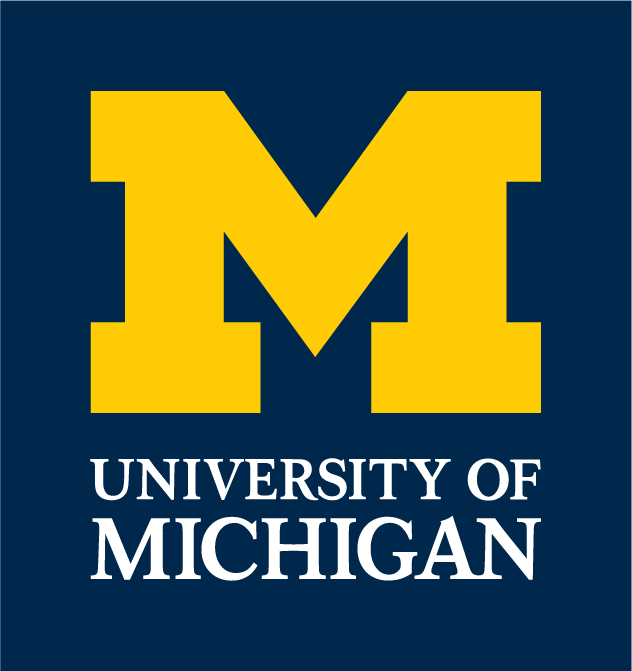
University of Michigan
- Ann Arbor, MI
Academic Highlights: There are 280+ undergraduate degree programs across fourteen schools and colleges, and the College of Literature, Science, and the Arts (LSA) enrolls the majority of students. The Ross School of Business offers highly rated programs in entrepreneurship, management, accounting, and finance. The College of Engineering is also one of the best in the country. By degrees conferred, engineering (15%), computer science (14%), and the social sciences (11%) are most popular. A solid 56% of classes have fewer than 20 students.
Professional Outcomes: Within three months of graduating, 89% of LSA grads are employed full-time or in graduate school, with healthcare, education, law, banking, research, nonprofit work, and consulting being the most popular sectors. Within three months, 99% of Ross grads are employed with a median salary of $90k. Top employers include Goldman Sachs, Deutsche Bank, EY, Morgan Stanley, PwC, Deloitte, and Amazon. Within six months, 96% of engineering grads are employed (average salary of $84k) or in grad school. General Motors, Ford, Google, Microsoft, Apple, and Meta employ the greatest number of alumni.
- Enrollment: 32,695 (undergraduate); 18,530 (graduate)
- Cost of Attendance: $35,450 (in-state); $76,294 (out-of-state)
- Median SAT: 1470
- Median ACT: 33
- Acceptance Rate: 18%
- Retention Rate: 97%
- Graduation Rate: 93%
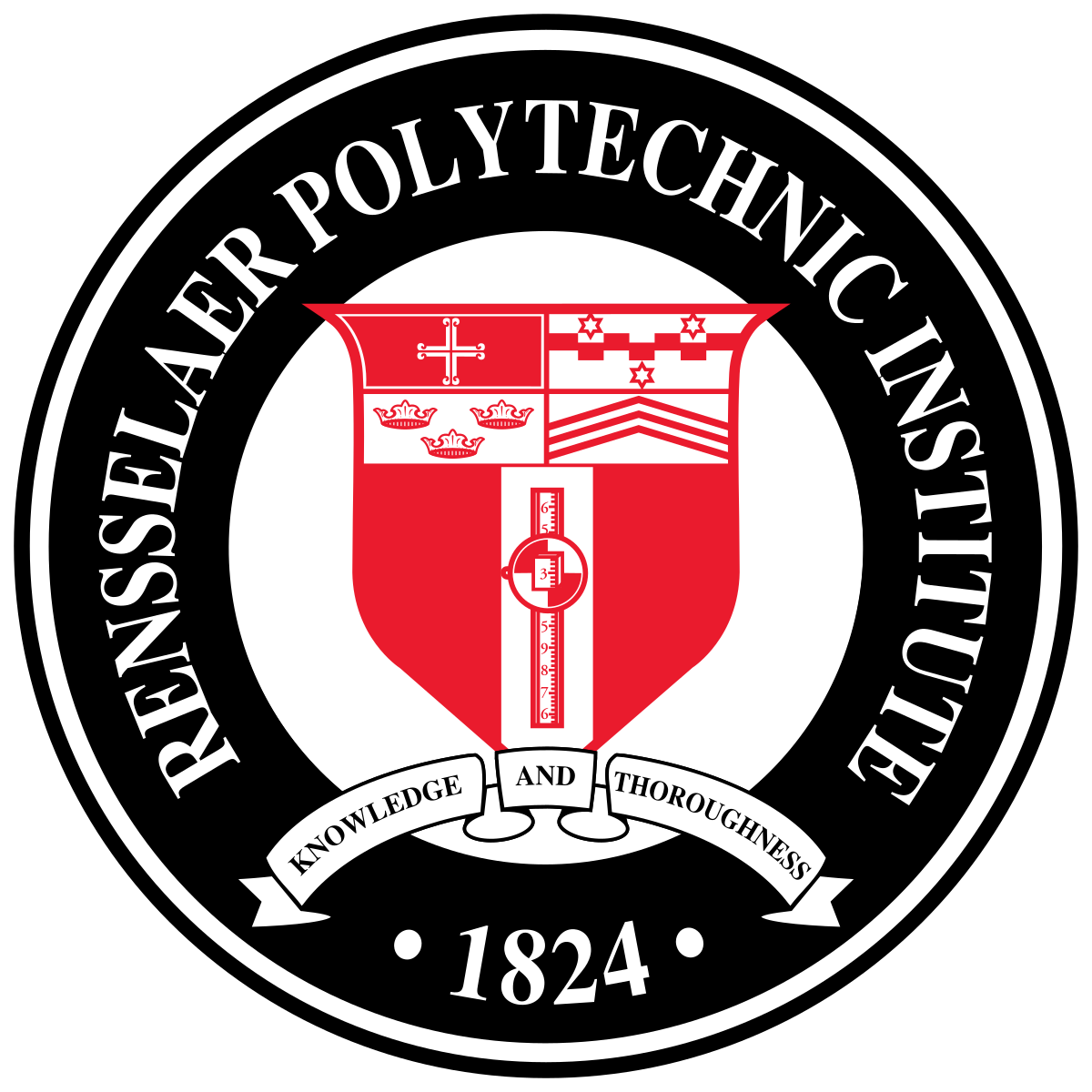
Rensselaer Polytechnic Institute
- Troy, NY
Academic Highlights: There are five undergraduate schools within the larger university: the School of Architecture; the School of Management; the School of Science; the top-ranked School of Engineering; and the School of Humanities, Arts, and Social Sciences. A solid 54% of sections contain fewer than 20 students. The most degrees are conferred in engineering (45%) and computer and information sciences (21%). Rensselaer has very strong programs in mechanical, aerospace, computer, electrical, and biomedical engineering as well as physics, architecture, and computer science.
Professional Outcomes: As they receive their diplomas, 54% of RPI grads have already landed a job and 32% have committed to a graduate school. The largest numbers of grads were hired by companies that included Google, Microsoft, Deloitte, General Dynamics, Boeing, and IBM. Massive numbers of alumni hold leadership positions in corporations like Google, Pratt & Whitney, General Motors, GE, and Microsoft. Recent grads enjoy starting salaries in excess of $81k.
- Enrollment: 5,895 (undergraduate); 1,096 (graduate)
- Cost of Attendance: $82,404
- Median SAT: 1440
- Median ACT: 33
- Acceptance Rate: 65%
- Retention Rate: 89%
- Graduation Rate: 84%

Emory University
- Atlanta, GA
Academic Highlights: This midsize university offers a diverse array of majors (80+) and minors (60+), and 30% of Emory students pursue more than one area of study. Over half of Emory’s student body works directly with a faculty member on academic research and 58% of courses have class sizes of under twenty students. Ultimately, the greatest number of students go on to earn degrees in the social sciences (15%), biology (14%), business (14%), health professions (12%), and mathematics (9%).
Professional Outcomes: Shortly after graduation, 66% of 2022 grads were already employed, and 96% had arrived at their next destination. The top employers of recent Emory grads include Deloitte, Epic, ScribeAmerica, Meta, Morgan Stanley, and Cloudmed. Graduates of the Goizueta Business School found strong starting salaries with an average of $81k. In the last few years, multiple Emory grads/alums received acceptance letters from the following top law schools like Columbia, Berkeley, and Georgetown. Med school acceptances included Duke, Johns Hopkins, and Vanderbilt.
- Enrollment: 7,101
- Cost of Attendance: $83,702
- Median SAT: 1500
- Median ACT: 33
- Acceptance Rate: 11%
- Retention Rate: 95%
- Graduation Rate: 90%
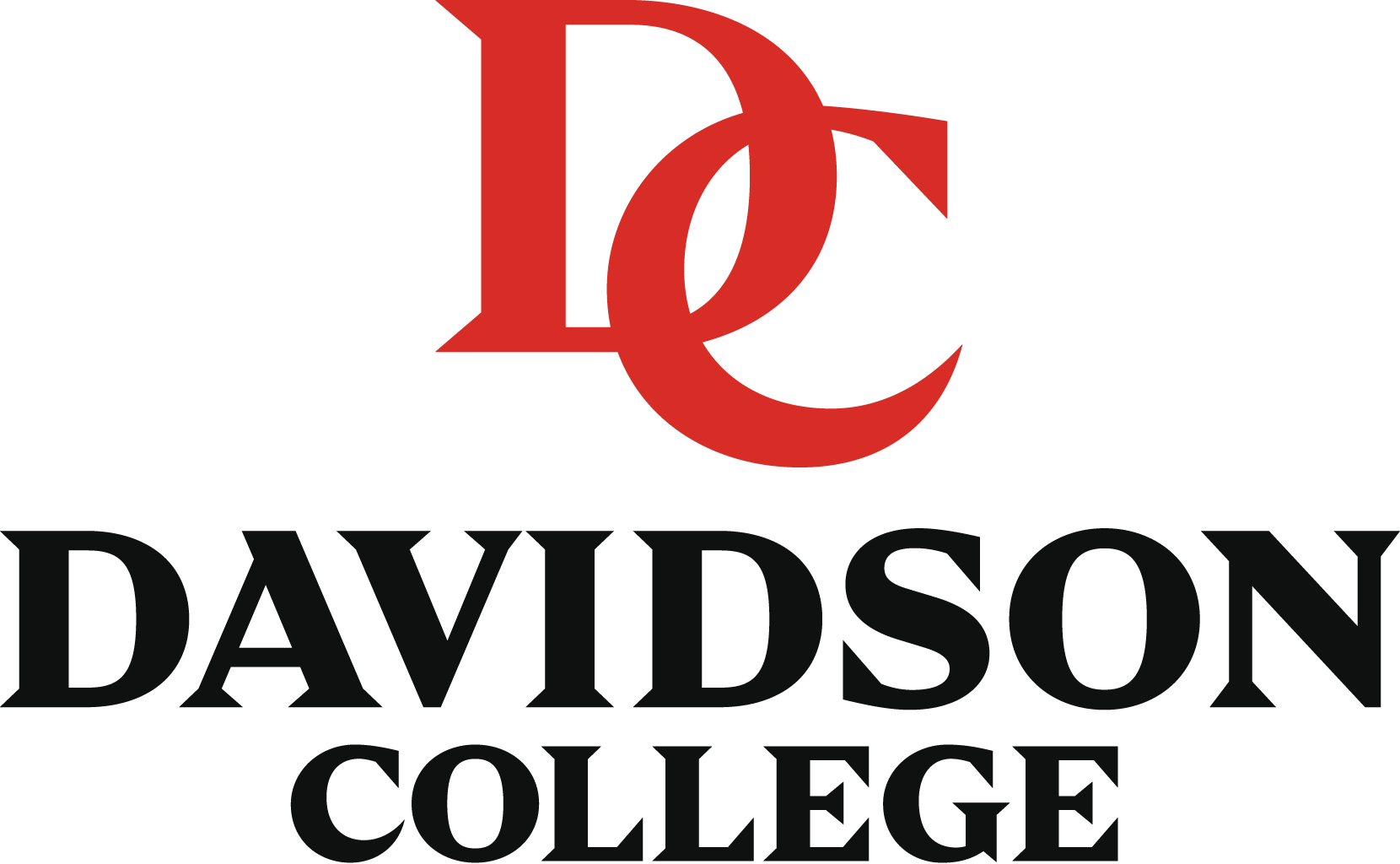
Davidson College
- Davidson, NC
Academic Highlights: With its small size, the impressive part of the college is the exceptional quality of its offerings, not the breadth of them, as only 37 majors are available. The student-to-faculty ratio is 9:1, which allows the college to ensure that 62% have fewer than twenty students and 24% have enrollments you can count on two hands. Overall, the average number of students per class is only 18. Top programs at Davidson include psychology, political science, chemistry, and English; biology is also quite popular, accounting for 12% of degrees conferred in 2022.
Professional Outcomes: Looking at the outcomes data for 2022 grads, 70% landed jobs within six months of graduation, 26% were enrolled in a graduate program, and 3% were still seeking employment. Of those who attended grad school, the highest number were in healthcare-related programs (including MDs), law school, and laboratory sciences. Significant numbers of students pursue advanced degrees at other Southern gems including Vanderbilt, Emory, Duke, Wake Forest, and UNC.
- Enrollment: 1,927
- Cost of Attendance: $76,450
- Median SAT: 1430
- Median ACT: 32
- Acceptance Rate: 17%
- Retention Rate: 94%
- Graduation Rate: 92%
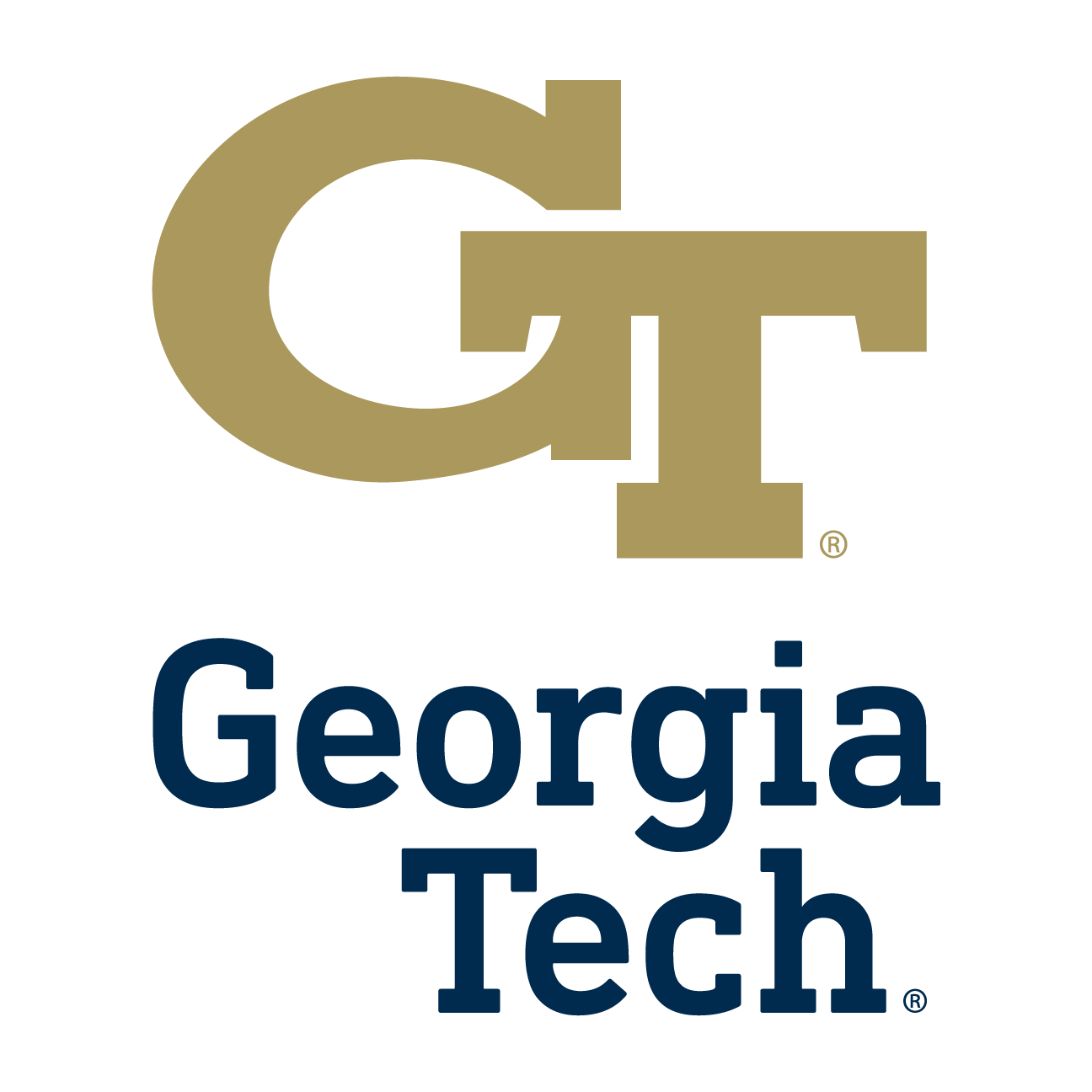
Georgia Institute of Technology
- Atlanta, GA
Academic Highlights: Georgia Tech’s engineering and computer science programs are at the top of any “best programs” list. Being a large research university, the student-to-faculty ratio is a less-than-ideal 22:1, leading to some larger undergraduate class sections. In fact, 49% of courses had enrollments of more than thirty students in 2022-23. On the other end of the spectrum, 8% of sections had single-digit enrollments. In terms of total number of degrees conferred, the most popular areas of study are engineering (51%), computer science (21%), and business (9%).
Professional Outcomes: More than three-quarters of recent grads had already procured employment by the time they were handed their diplomas. You will find graduates at every major technology company in the world. The median salary reported by that group was $80,000. Many remain on campus to earn advanced engineering degrees through Georgia Tech, but the school’s reputation is such that gaining admission into other top programs including MIT, Carnegie Mellon, Berkeley, Stanford, and Caltech.
- Enrollment: 18,416
- Cost of Attendance: $29,950 (In-State); $52,120 (Out-of-State)
- Median SAT: 1470
- Median ACT: 33
- Acceptance Rate: 17%
- Retention Rate: 98%
- Graduation Rate: 93%
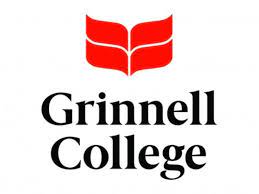
Grinnell College
- Grinnell, IA
Academic Highlights: Grinnell offers 42 areas of study and over 500 courses each semester. Thanks to a 9:1 student/faculty ratio and no competition from graduate students, 64% of classes have fewer than twenty students, and roughly one-quarter of sections have single-digit student enrollments. A top producer of PhDs in both the sciences and the social sciences, Grinnell has strong offerings in biology, chemistry, physics, economics, and history. The largest number of degrees are conferred in the social sciences, foreign languages, biology, and computer science.
Professional Outcomes: Upon graduation, 62% of Grinnell students head into the workforce, 26% to graduate school, 2% to postgraduate service, and 2% earned fellowships. Multiple recent grads accepted positions with JPMorgan, Epic, and Google. The mean salary of those employed was roughly $64,397. Close to 40% of those entering graduate school pursue PhDs or master’s degrees in the hard sciences, 8% head to law school, and 3% were bound for medical school; 88% of all applicants were accepted into their first or second choice program.
- Enrollment: 1,759
- Cost of Attendance: $82,890
- Median SAT: 1460
- Median ACT: 33
- Acceptance Rate: 11%
- Retention Rate: 93%
- Graduation Rate: 88%

Bowdoin College
- Brunswick, ME
Academic Highlights: Class sizes are small—64% contain fewer than twenty students—and 21% have fewer than ten students. The student-faculty ratio is 9:1. More than half of Bowdoin undergrads report interacting with a professor outside of regular class time at least once per week. The greatest percentage of degrees are conferred in the social sciences (30%), biology (13%), area/ethnic/gender studies (8%), computer science (7%), and mathematics (7%). Economics and government and legal studies are two of the more popular majors within the social sciences.
Professional Outcomes: An examination of three recent years’ worth of outcomes data reveals that one year after graduation, between 73 and 77% of recent grads have found full-time employment, and 15% have gone directly into graduate school. Of those entering graduate school, 48% were enrolled in master’s programs, 23% in PhD programs, 13% in law school, and 8% in med school. The top twenty graduate schools attended, by volume, in the last five years make an exclusive list including six Ivies along with Duke, MIT, Johns Hopkins, and Stanford.
- Enrollment: 1,915
- Cost of Attendance: $82,600
- Median SAT: 1510
- Median ACT: 34
- Acceptance Rate: 9%
- Retention Rate: 96%
- Graduation Rate: 94%
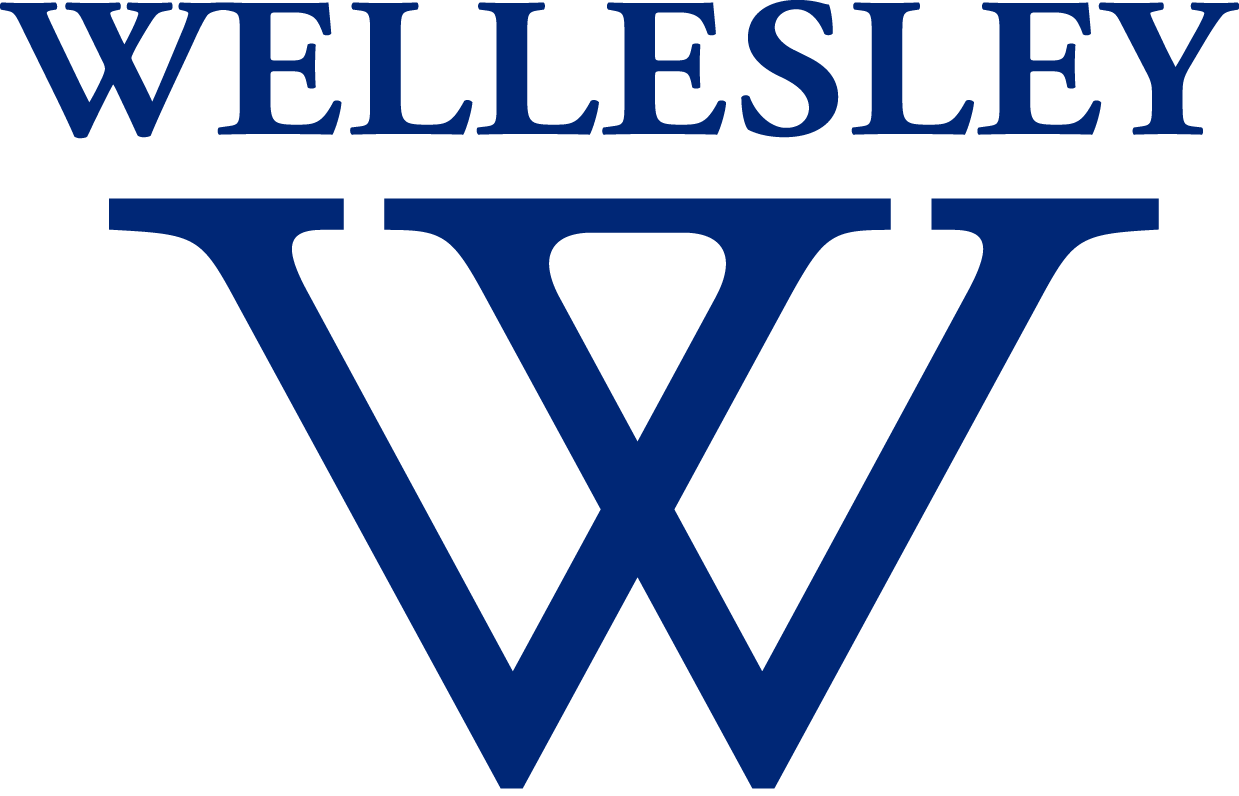
Wellesley College
- Wellesley, MA
Academic Highlights: There are 50+ departmental and interdisciplinary majors. Thirty-six percent of course sections have single-digit enrollments while 77% have 19 or fewer students. In addition, opportunities for participation in research with faculty members abound. Most programs possess sterling reputations, including chemistry, computer science, neuroscience, and political science, but the Department of Economics shines most brightly, leading many into PhD programs and high-profile careers. Economics, biology, and computer science are the most frequently conferred degrees.
Professional Outcomes: Six months after graduating, 97% of the Class of 2022 had achieved positive outcomes. Of the 76% of grads who were employed, 24% were working in the finance/consulting/business fields, 17% in education, 17% in internet and technology & engineering, and 15% in healthcare/life sciences. Top employers included JPMorgan Chase, Google, Boston Children’s Hospital, and Goldman Sachs. The average starting salary for one recent cohort was a solid $63k. Of the 20% of 2022 grads who directly entered an advanced degree program, common schools attended included Harvard, Columbia, Brown, Stanford, MIT, and Emory.
- Enrollment: 2,447
- Cost of Attendance: $84,240
- Median SAT: 1490
- Median ACT: 34
- Acceptance Rate: 14%
- Retention Rate: 95%
- Graduation Rate: 90%

Reed College
- Portland, OR
Academic Highlights: Twenty-six academic departments collectively offer 38 majors, 13 of which are interdisciplinary. English, math, and physics receive particularly strong praise. The educational experience is highly personalized, and to ensure that the emphasis in the classroom remains on learning for learning’s sake, grades are issued but not shared with students until graduation. The areas in which the highest number of degrees are conferred are the social sciences (22%), biology (11%), the health professions (9%), and the physical sciences (7%).
Professional Outcomes: An examination of Reed’s alumni database reveals that the three most common occupational pathways are business (28%), education (25%), and self-employment (19%). Included among the most frequent current employers are Microsoft Corporation, Kaiser Permanente, Portland Public Schools, Intel Corporation, the US Department of State, National Institutes of Health, and Apple. An incredible amount of Reedies continue their education; Reed was the No. 6 producer of future PhD holders across all academic disciplines.
- Enrollment: 1,523 (undergraduate); 11 (graduate)
- Cost of Attendance: $86,040
- Median SAT: 1410
- Median ACT: 32
- Acceptance Rate: 31%
- Retention Rate: 86%
- Graduation Rate: 80%

University of California, San Diego
- San Diego, CA
Academic Highlights: There are 140+ undergraduate majors offered at UCSD, and all students join one of eight undergraduate colleges meant to forge flourishing communities within the larger university. Biology has the highest representation of all majors (19%) followed by engineering (12%), the social sciences (11%), and computer science (9%). UCSD’s computer science and engineering programs have stellar reputations in the corporate and tech communities, and programs in biology, economics, and political science are among the best anywhere.
Professional Outcomes: Employers of recent graduates included the Walt Disney Company, Tesla, NBC Universal, PwC, Northrop Grumman, and EY. More than 1,000 current Google employees are UC San Diego alumni, and Qualcomm, Amazon, and Apple all employ 500+ each. The median early career salary is $65,000 across all majors, placing the university in the top 10 public universities in the country. UCSD also fares well in measures of its return-on-investment potential.
- Enrollment: 33,096 (undergraduate); 8,386 (graduate)
- Cost of Attendance: $31,830 (in-state); $64,404 (out-of-state)
- Median SAT: Test Blind
- Median ACT: Test Blind
- Acceptance Rate: 25%
- Retention Rate: 93%
- Graduation Rate: 88%
Colby College
- Waterville, ME
Academic Highlights: Offering 56 majors and 35 minors, Colby provides a classic liberal arts education with a high degree of flexibility and room for independent intellectual pursuits. A 10:1 student-to-faculty ratio is put to good instructional use as roughly two-thirds of courses have fewer than 19 students. Being a true liberal arts school, Colby has strengths across many disciplines, but biology, economics, and global studies draw especially high praise. These programs along with government and environmental science attract the highest number of students.
Professional Outcomes: Within six months of graduation, 93% of the Class of 2022 had either obtained jobs or were enrolled full-time in a graduate program. Eighteen percent of graduates enter the financial industry and large numbers also start careers in education, with government/nonprofit, STEM, and healthcare next in popularity. The Medical school acceptance rate over the past five years is 68%, nearly double the national average.
- Enrollment: 2,299
- Cost of Attendance: $86,720
- Average SAT: 1485
- Average ACT: 33
- Acceptance Rate: 8%
- Retention Rate: 93%
- Graduation Rate: 87%

United States Air Force Academy
- USAF Academy, CO
Academic Highlights: There are 32 majors, including seven with “engineering” in the title. That works out well as the Air Force Academy runs one of the premier undergraduate engineering programs in the entire country. One-third of degrees conferred in 2022 were in engineering followed by business (14%), the social sciences (13%), interdisciplinary studies (11%), and biology (6%). 66% of sections contain fewer than 20 students, and there are plenty of opportunities to participate in research at one of the 27 research centers and institutes.
Professional Outcomes: As with any service academy, the bulk of graduates spend a good portion of their careers within the armed forces. For USAFA grads, a minimum five-year commitment to the Air Force is mandatory. Many alumni spend time later in their careers working in the commercial airline industry at Delta Air Lines, United Airlines, and American Airlines. Many also work for Boeing, Northrop Grumman, Booz Allen Hamilton, and Lockheed Martin. Roughly 10% of new grads are cleared to immediately enter a graduate program in exchange for additional years of service.
- Enrollment: 4,085
- Cost of Attendance: $0
- Median SAT: 1400
- Median ACT: 31
- Acceptance Rate: 13%
- Retention Rate: 94%
- Graduation Rate: 89%
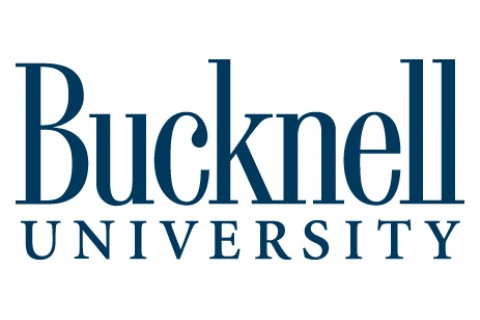
Bucknell University
- Lewisburg, PA
Academic Highlights: Over 60 majors and 70 minors are on tap across three undergraduate schools: the College of Arts & Sciences, Freeman College of Management, and the College of Engineering. Getting well-acquainted with your professors is easy with a 9:1 student-faculty ratio, and class sizes are reasonably small. The greatest number of degrees are conferred in the areas of the social sciences (26%), engineering (14%), business (14%), biology (11%), and psychology (9%).
Professional Outcomes: Nine months after graduation, 94% of the Class of 2022 had launched their careers or entered graduate school. Financial services is the most common sector for Bucknell grads to enter, attracting 24% of alumni. Across all disciplines, the average salary for a Class of 2022 grad was $69,540. Bucknell saw 18% of 2022 grads go directly into an advanced degree program. Bison alumni heading to graduate school predominantly pursue degrees in the medical field, social sciences, business, or engineering.
- Enrollment: 3,747
- Cost of Attendance: $80,890
- Median SAT: 1380
- Median ACT: 32
- Acceptance Rate: 33%
- Retention Rate: 91%
- Graduation Rate: 87%
We hope you have found our list of the Best Colleges for Physics to be useful and informative as you continue your college search process. We also invite you to check out some of our other resources and tools including:
- AP Score Calculators
- SAT Score Calculator
- ACT Score Calculator
- Best Summer Programs
- College List Building Tool

